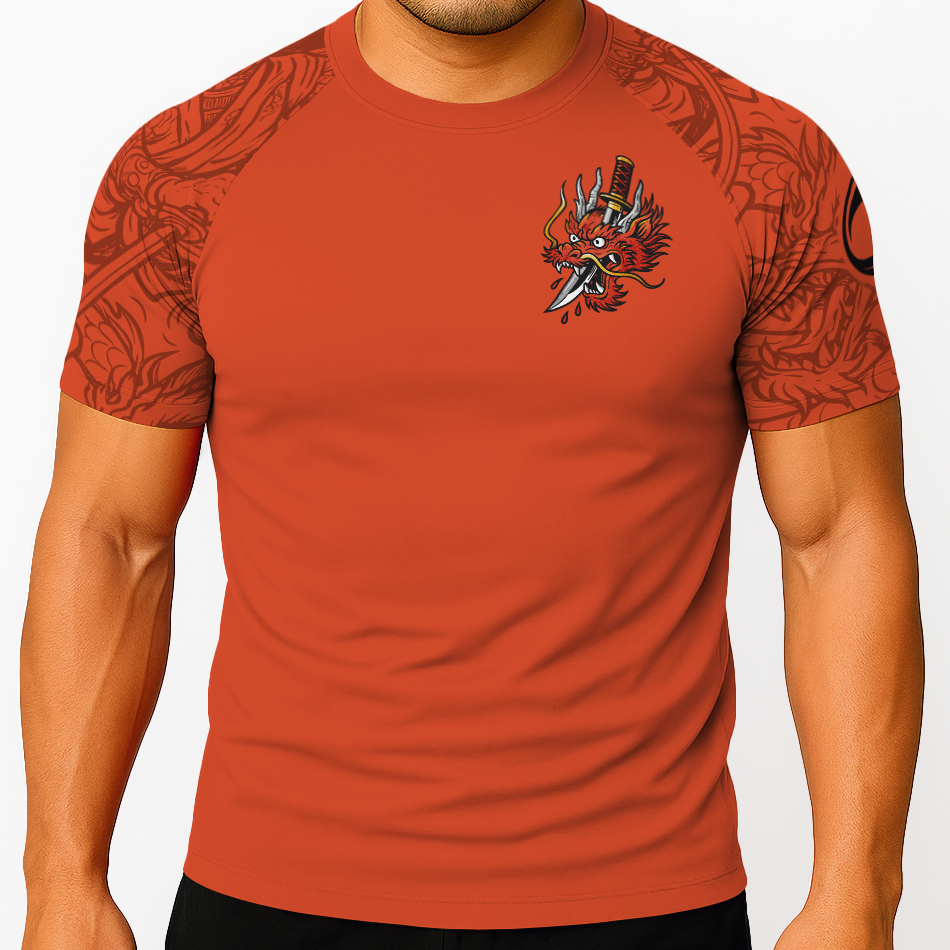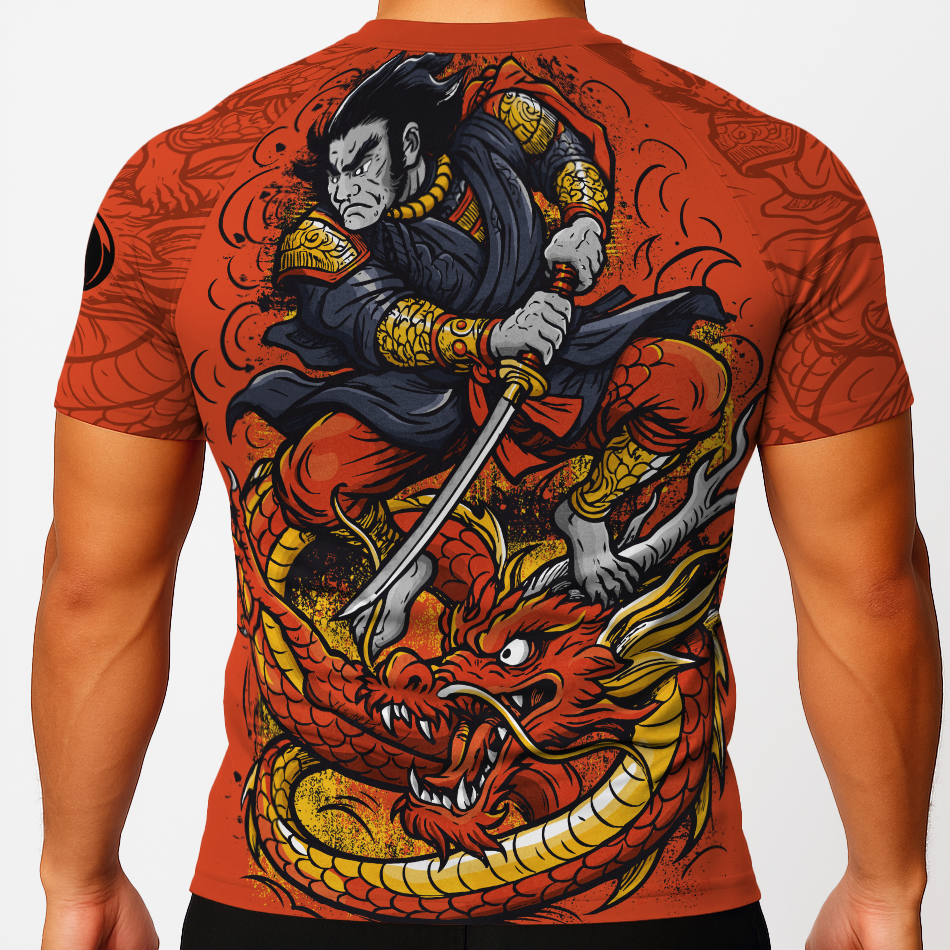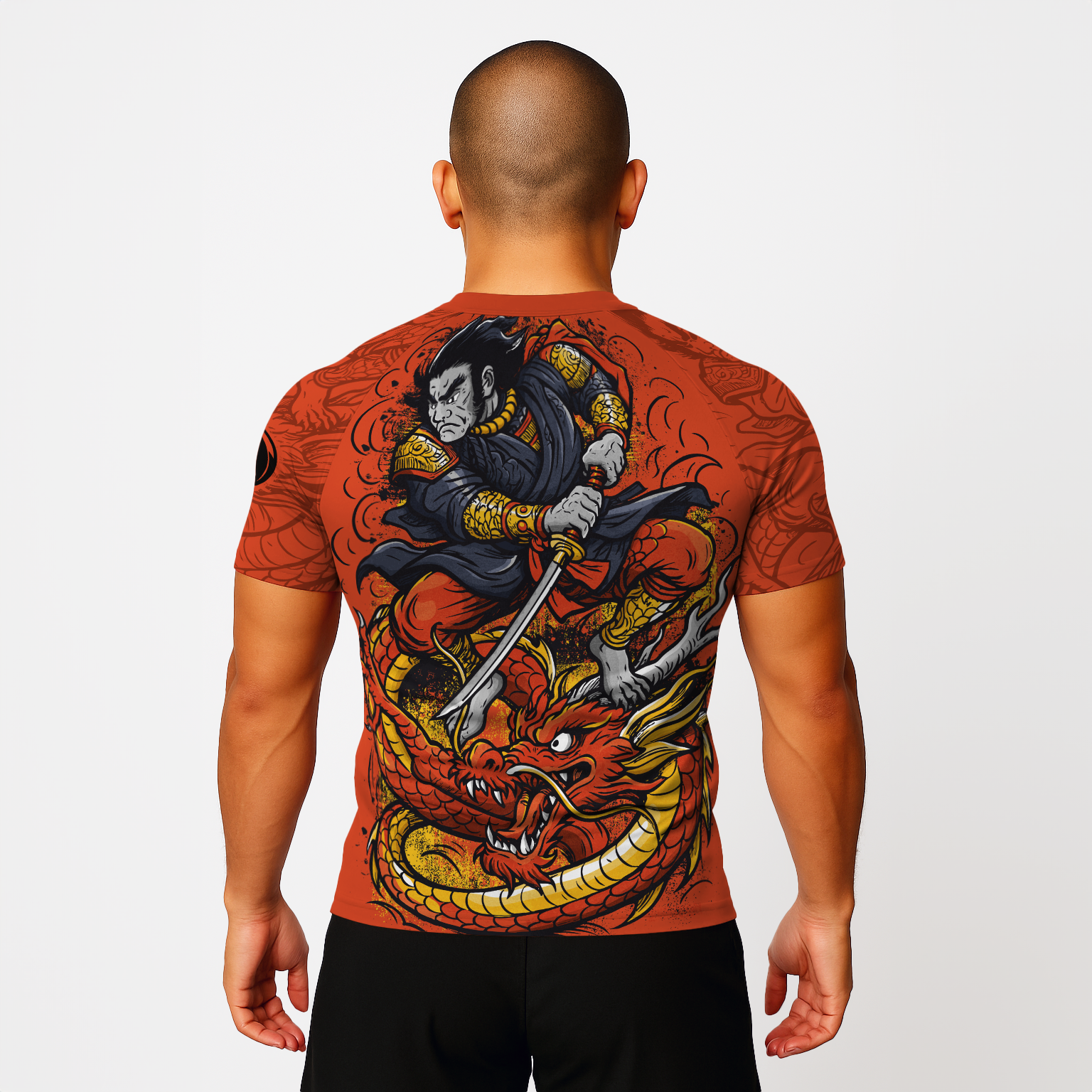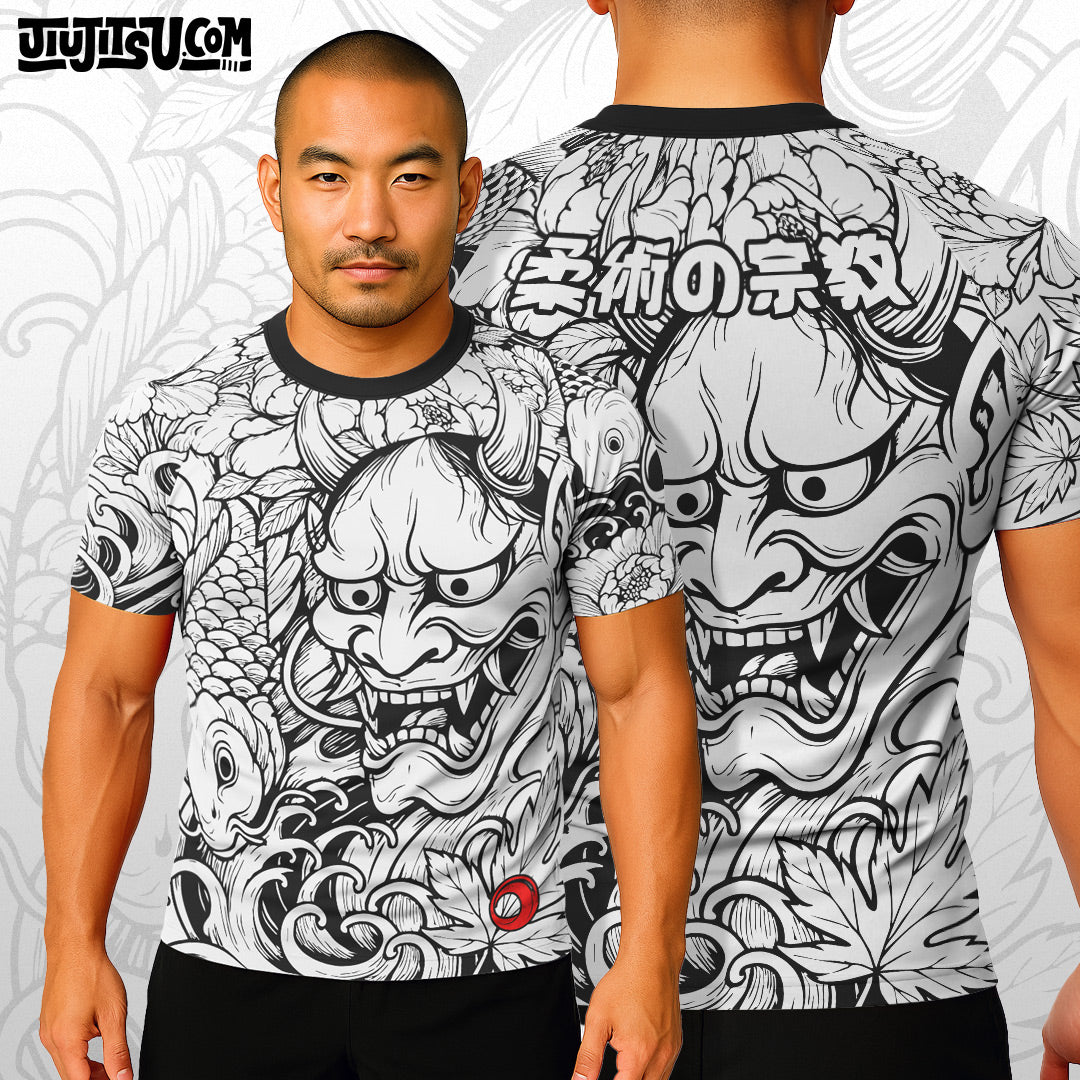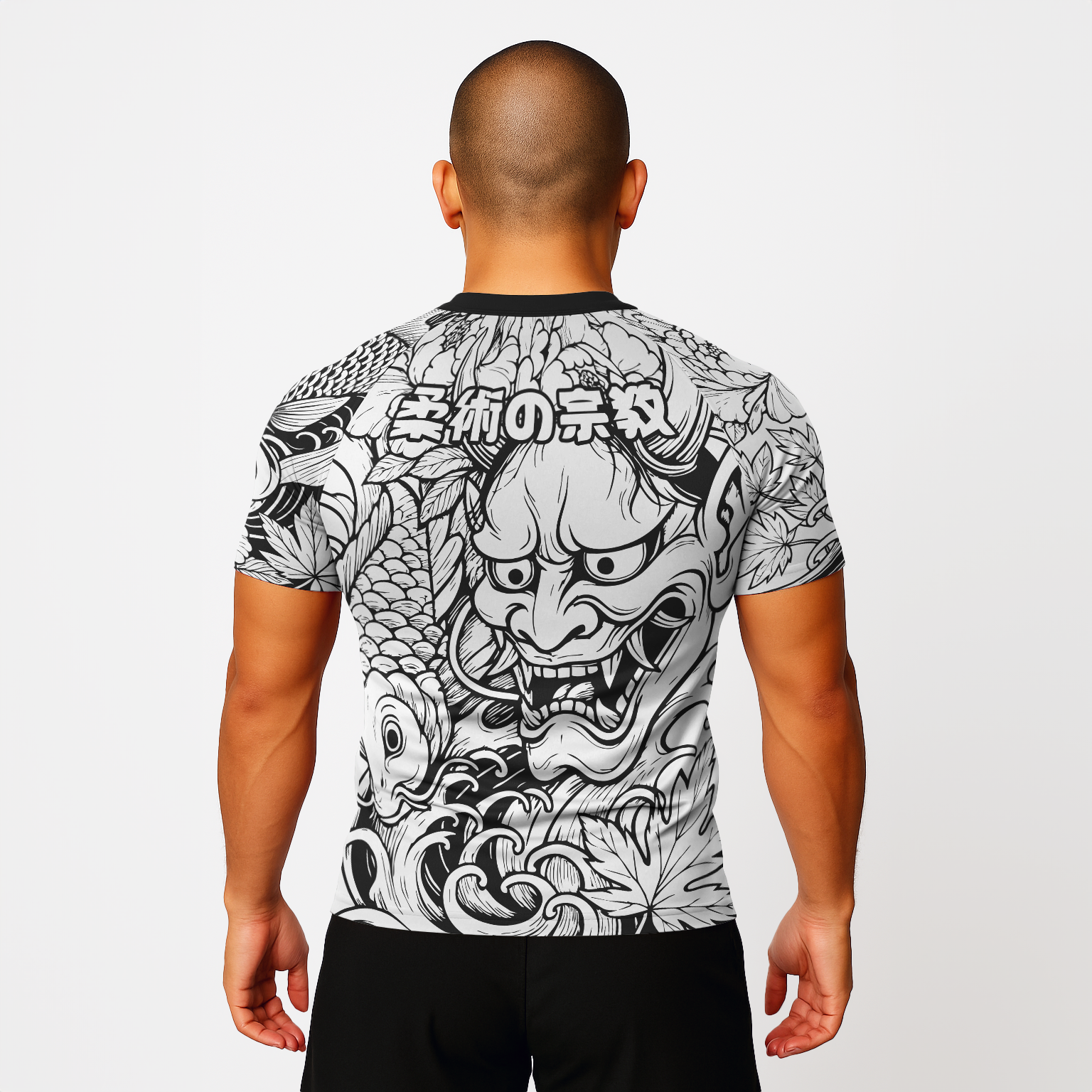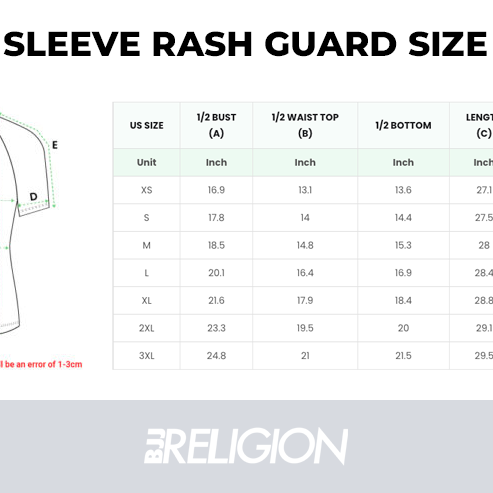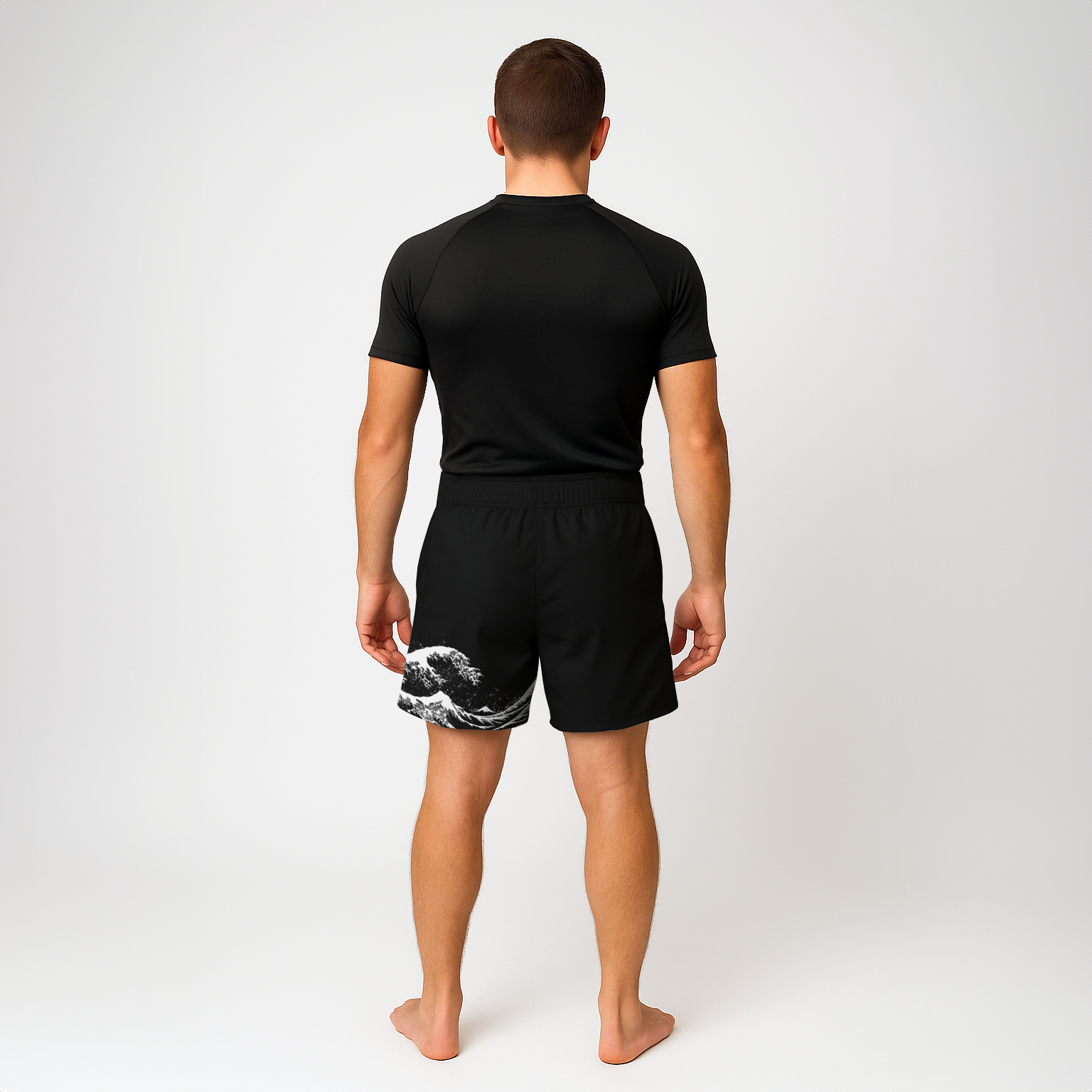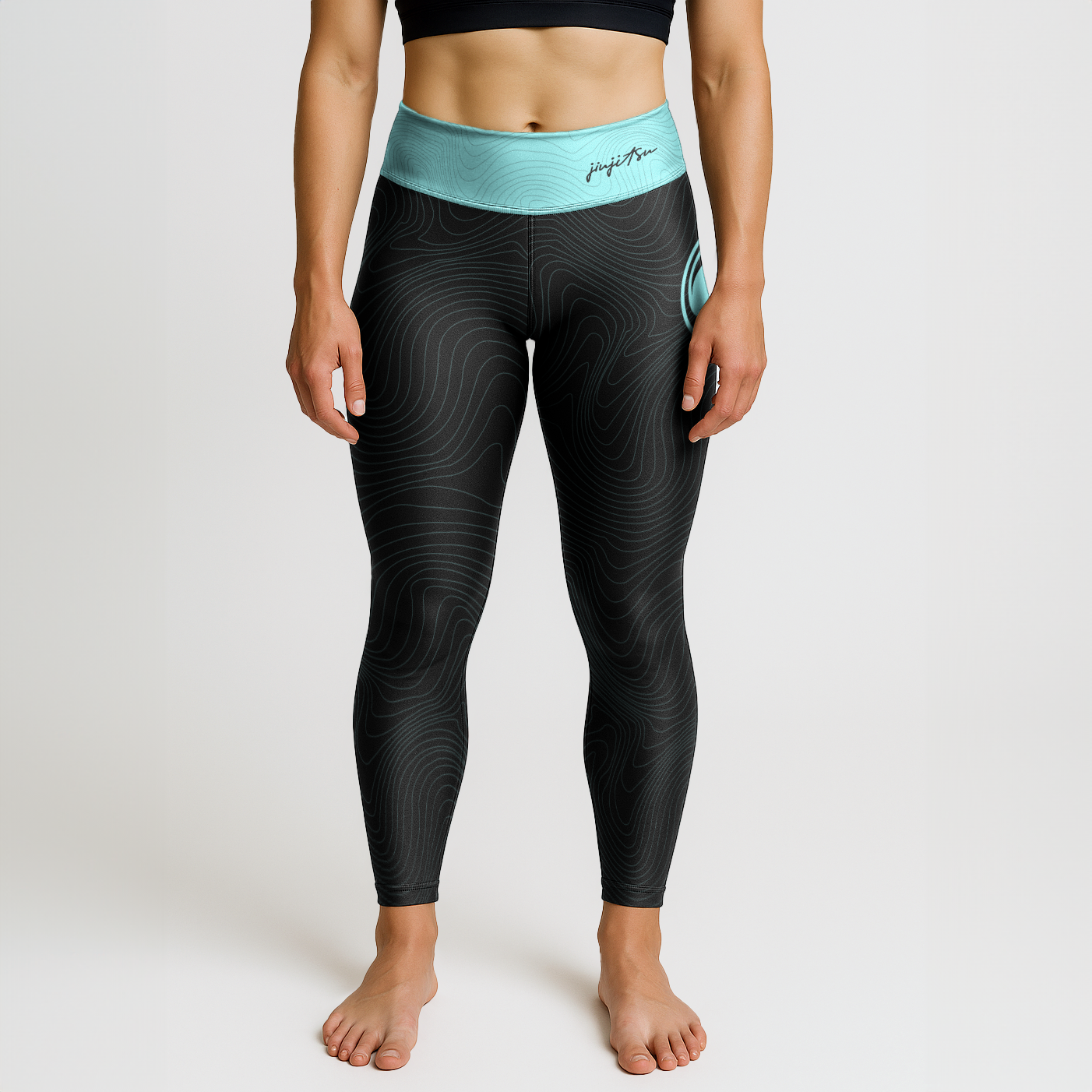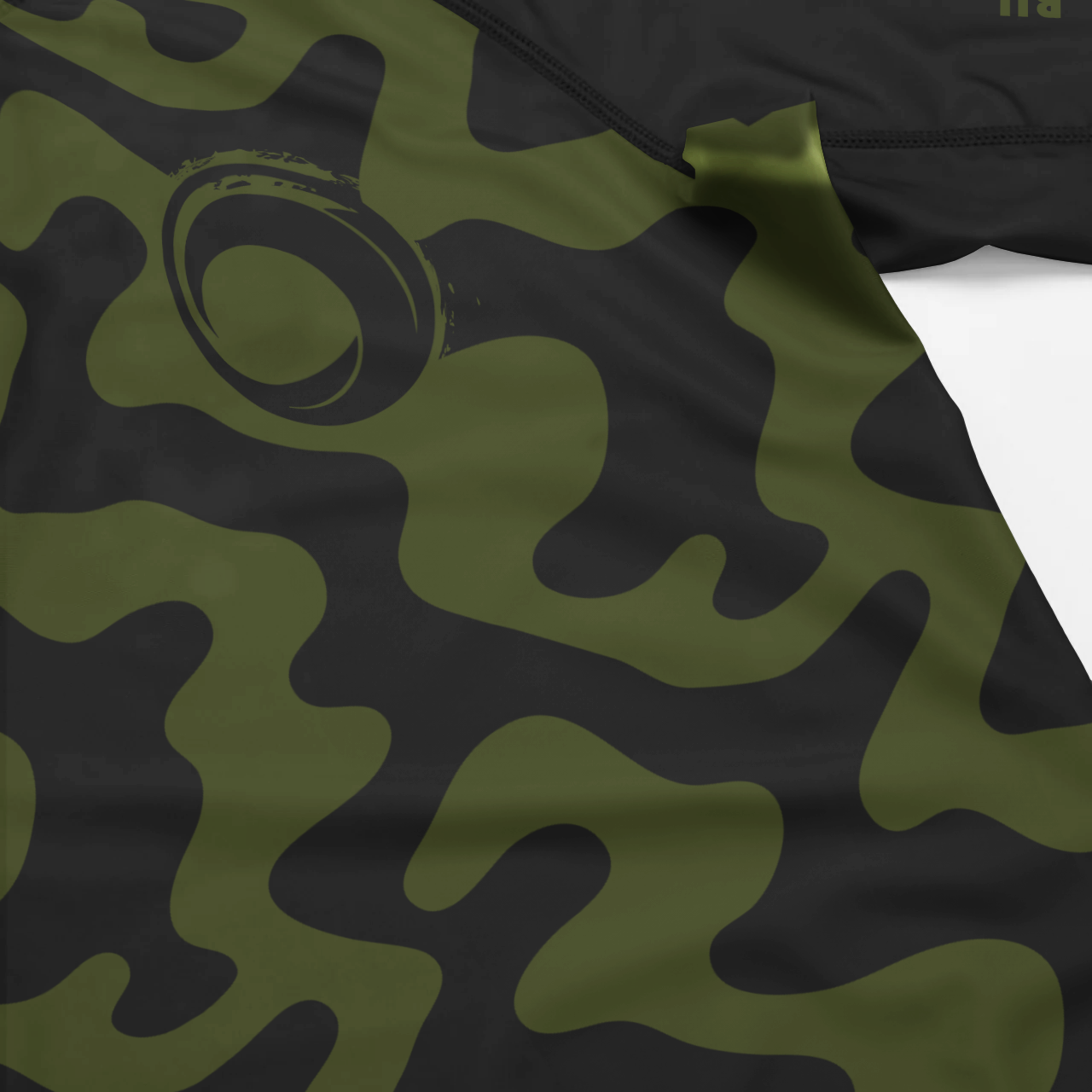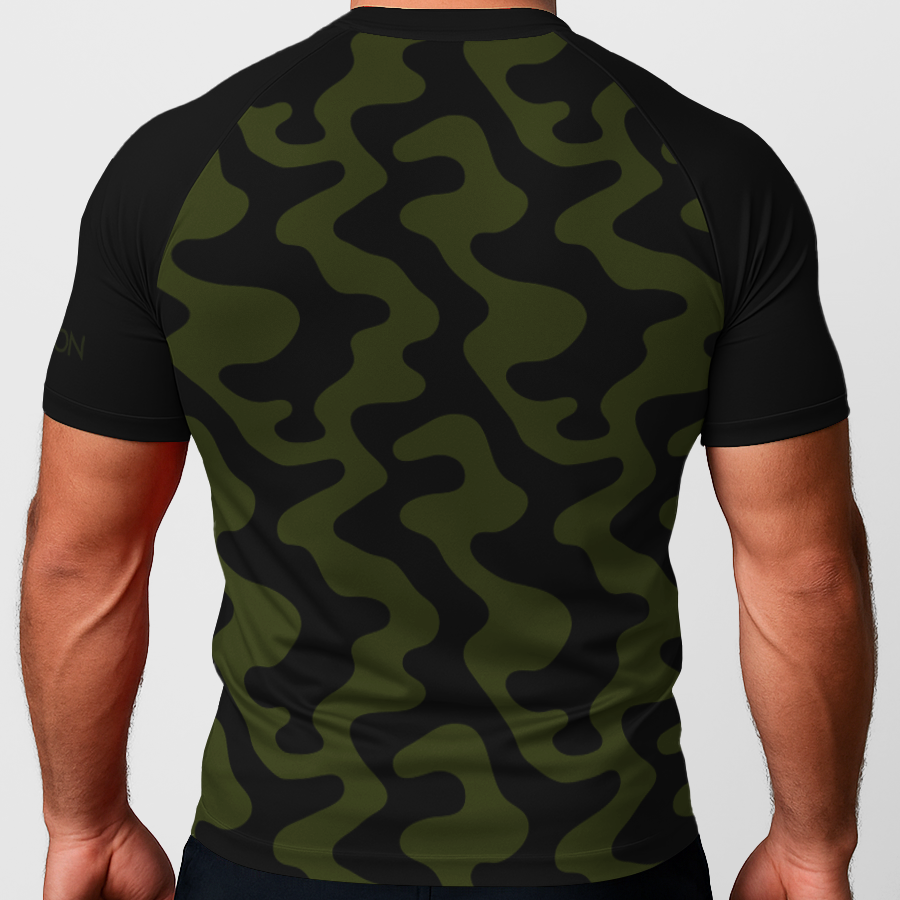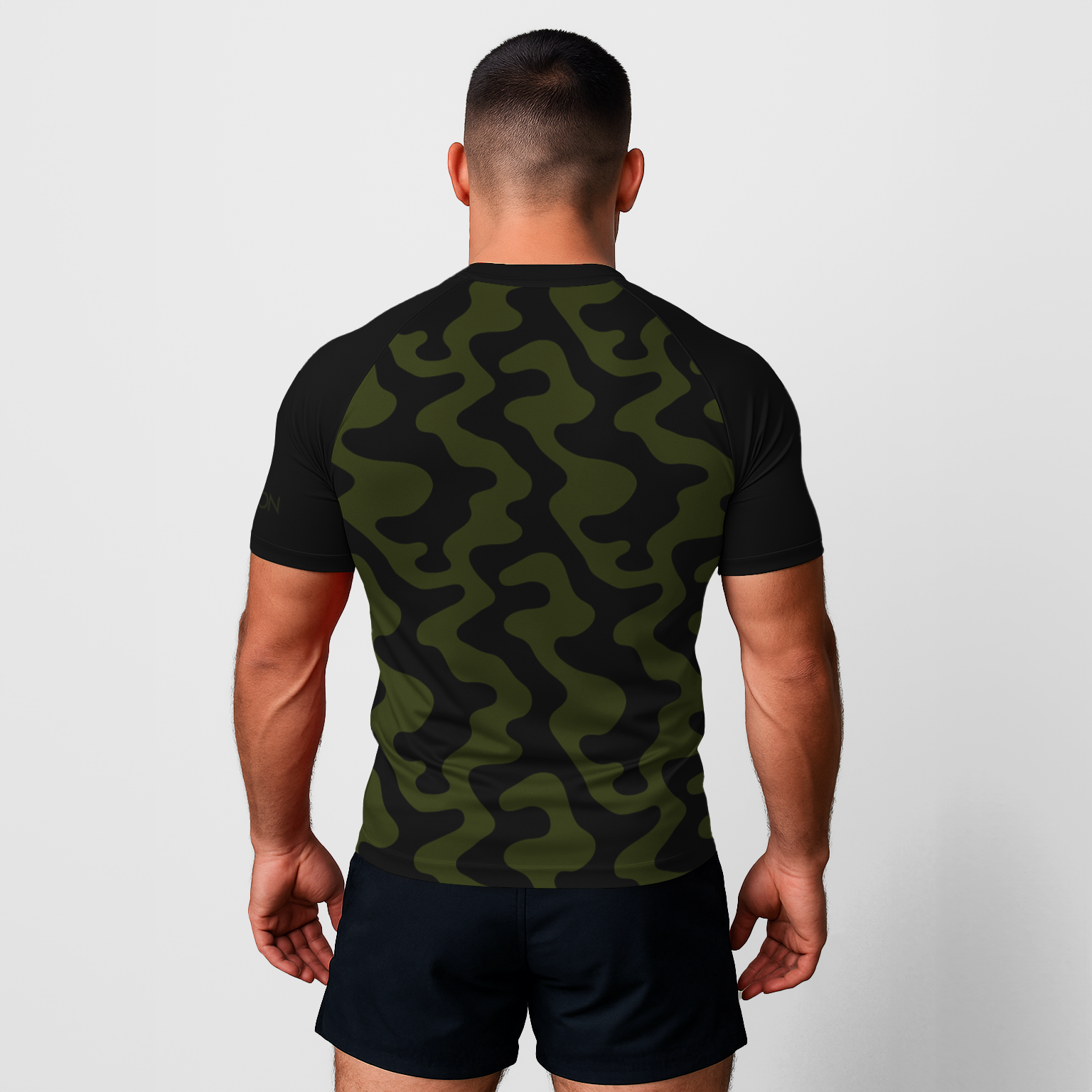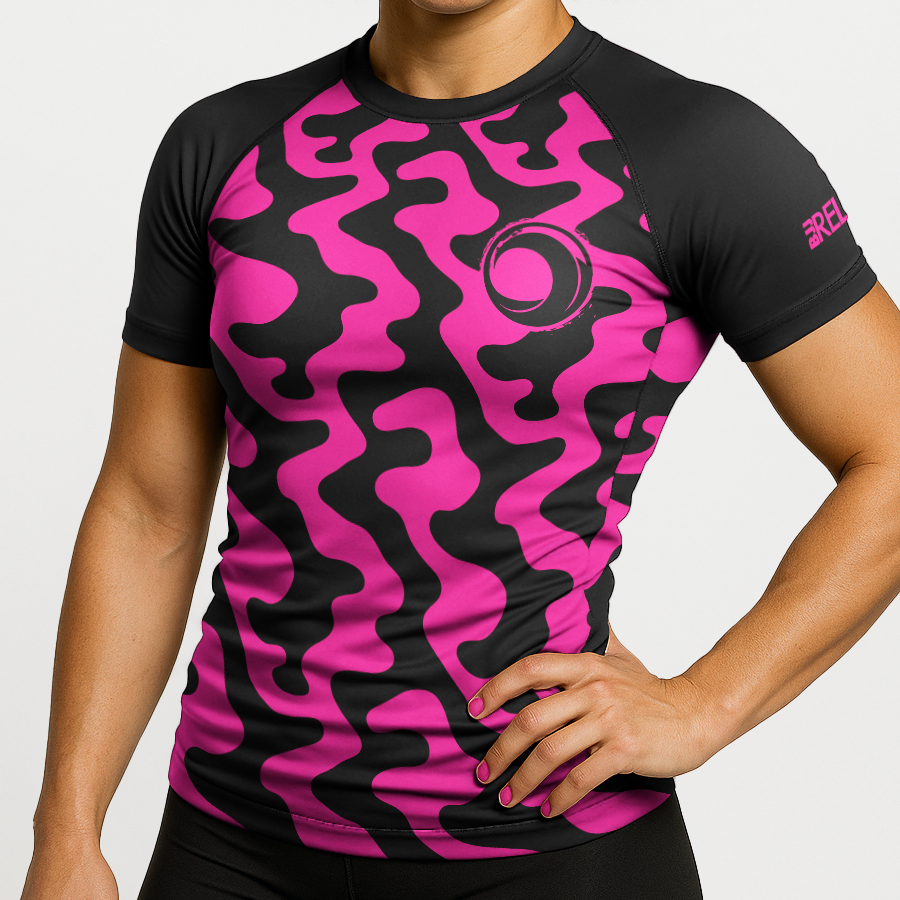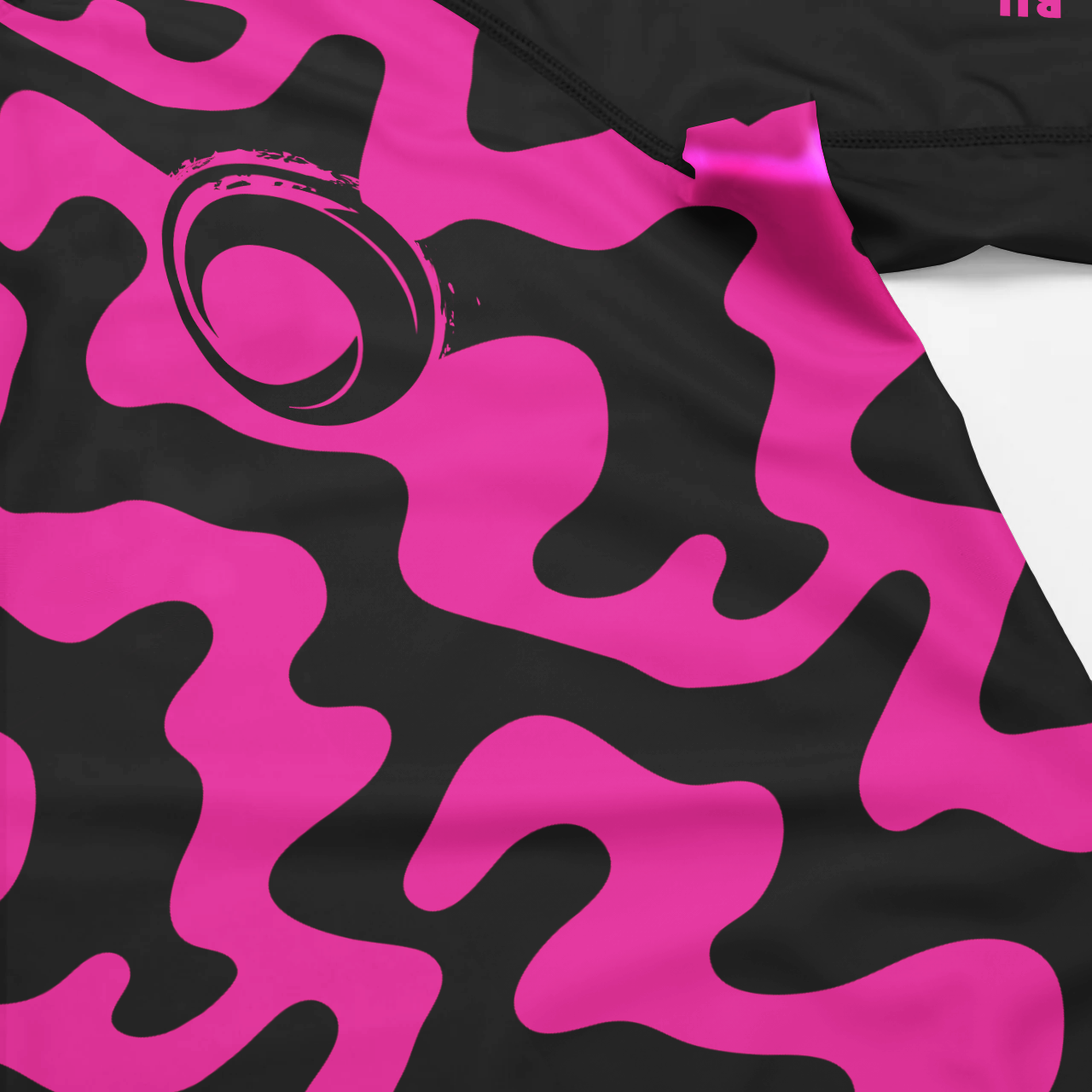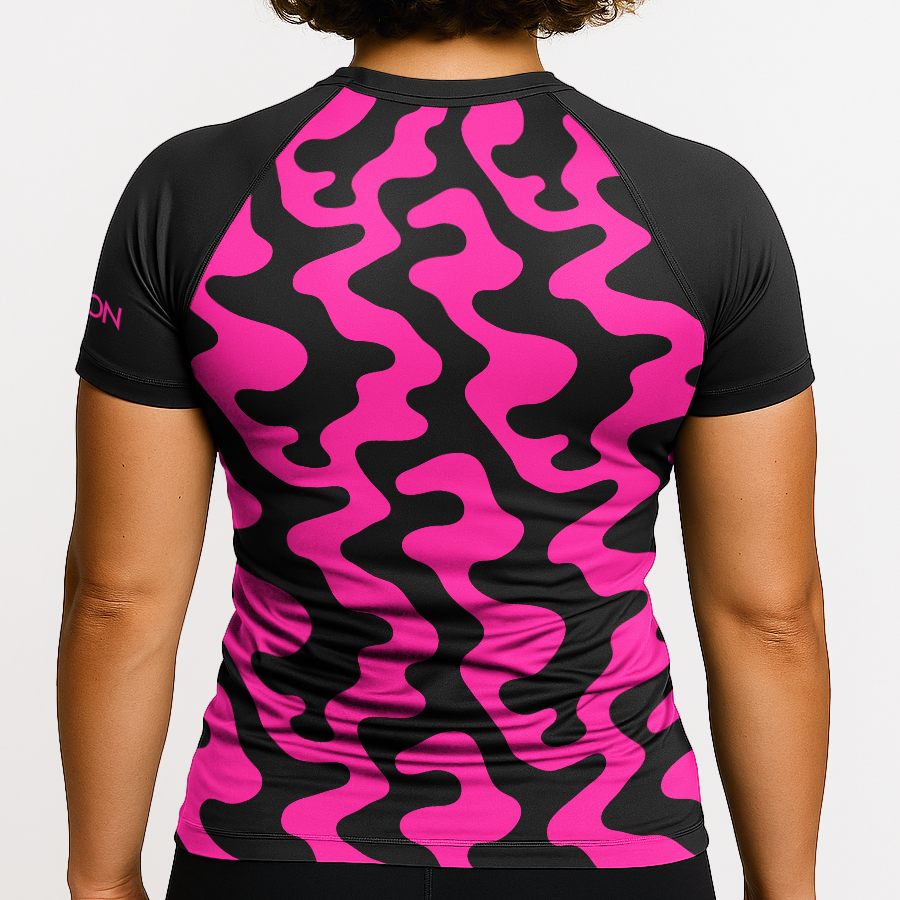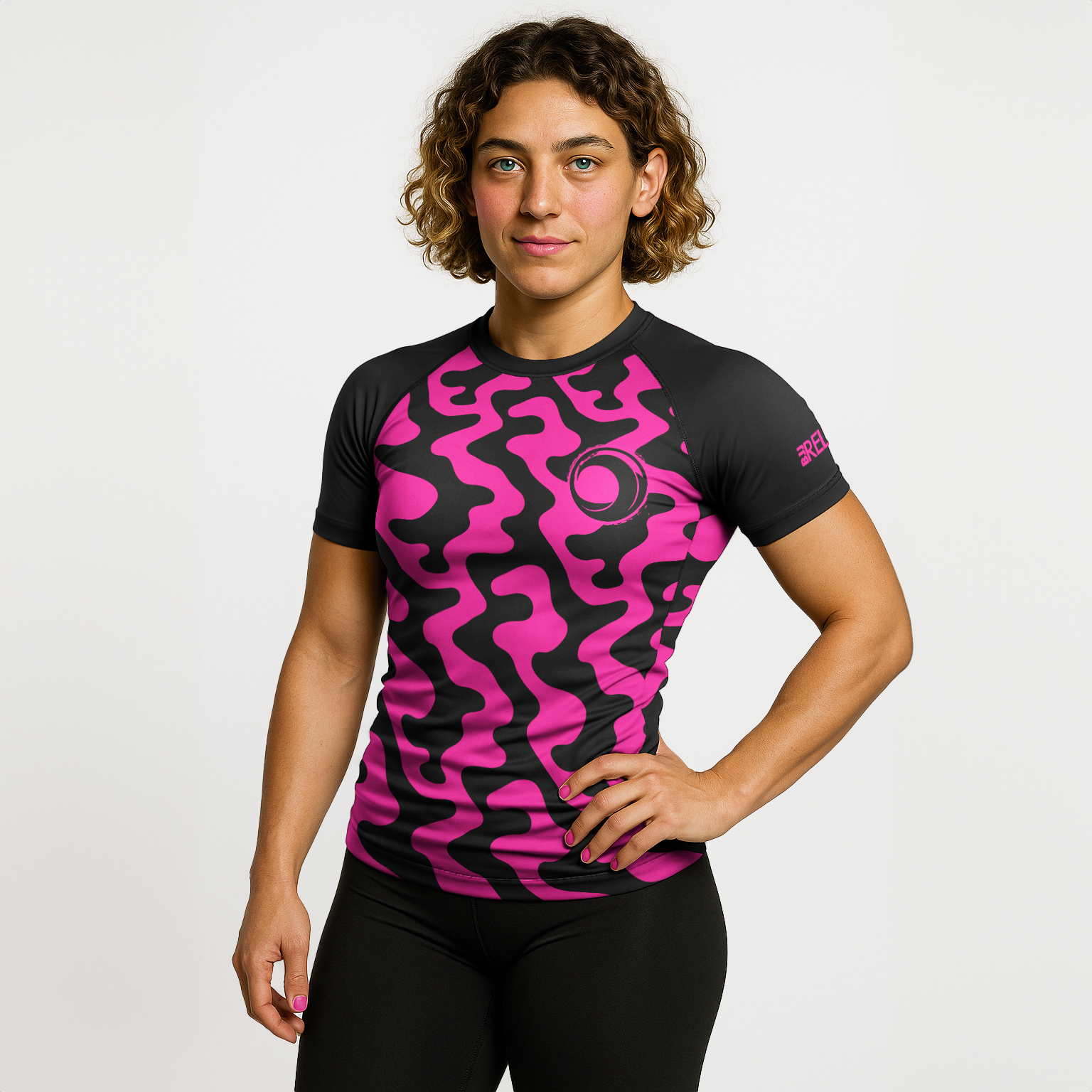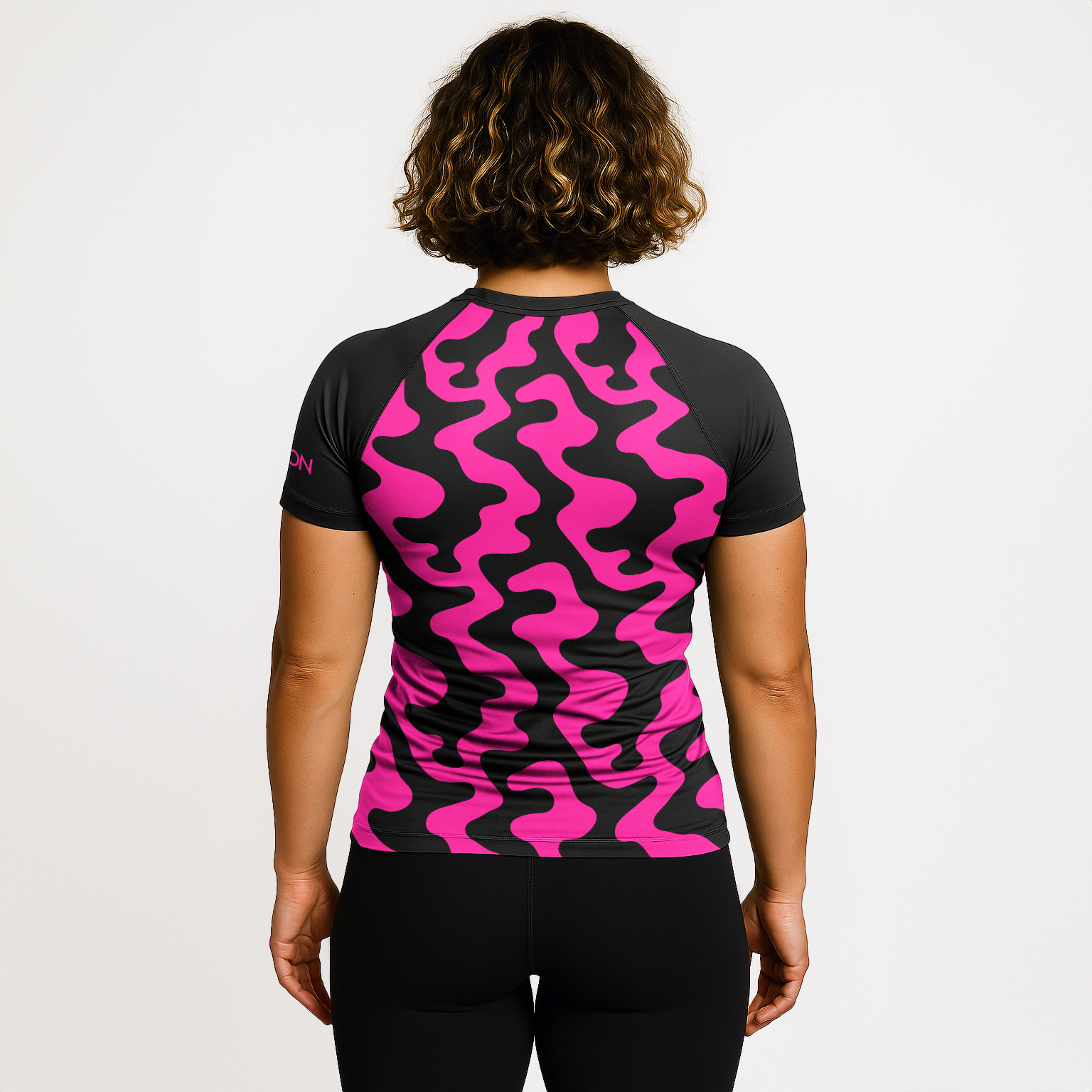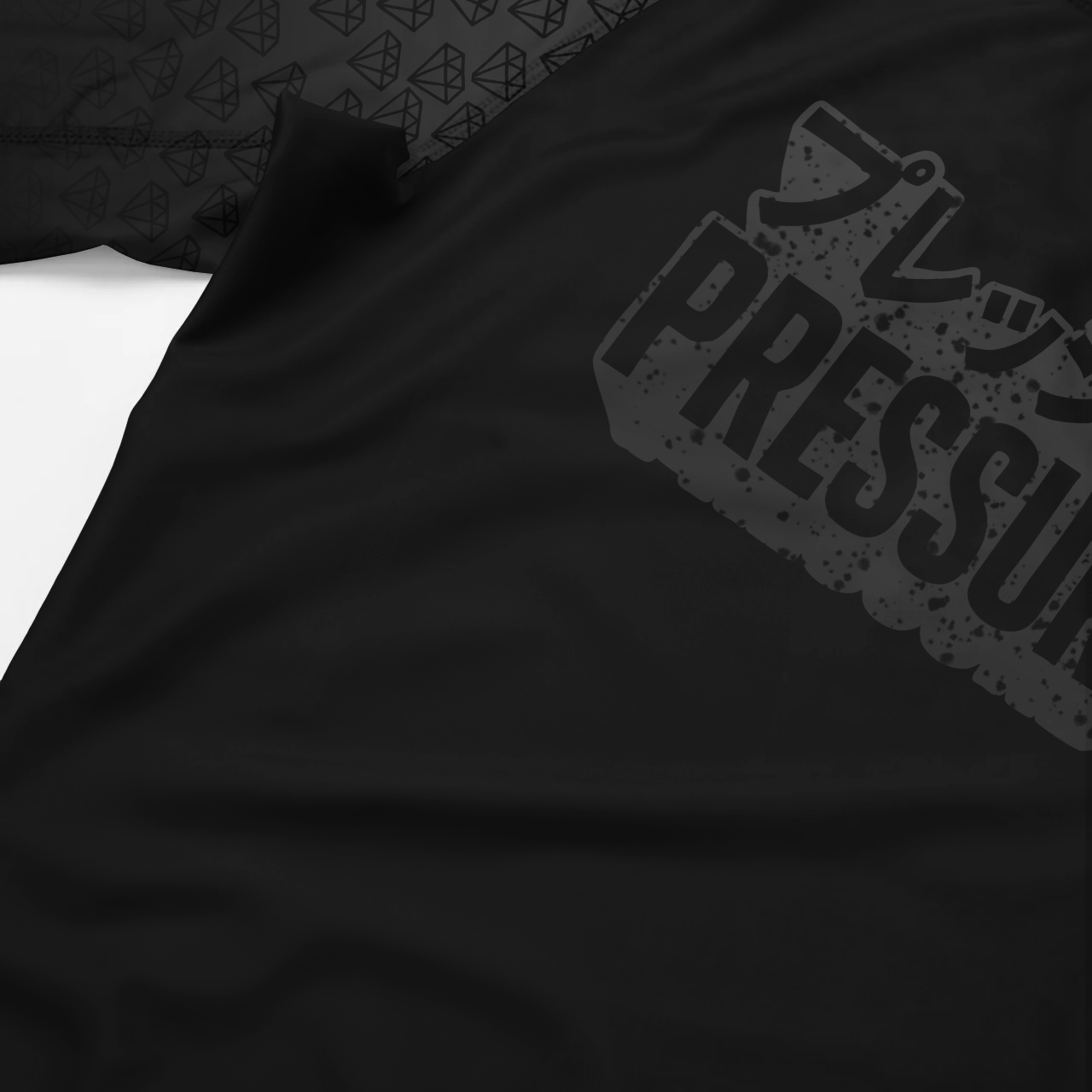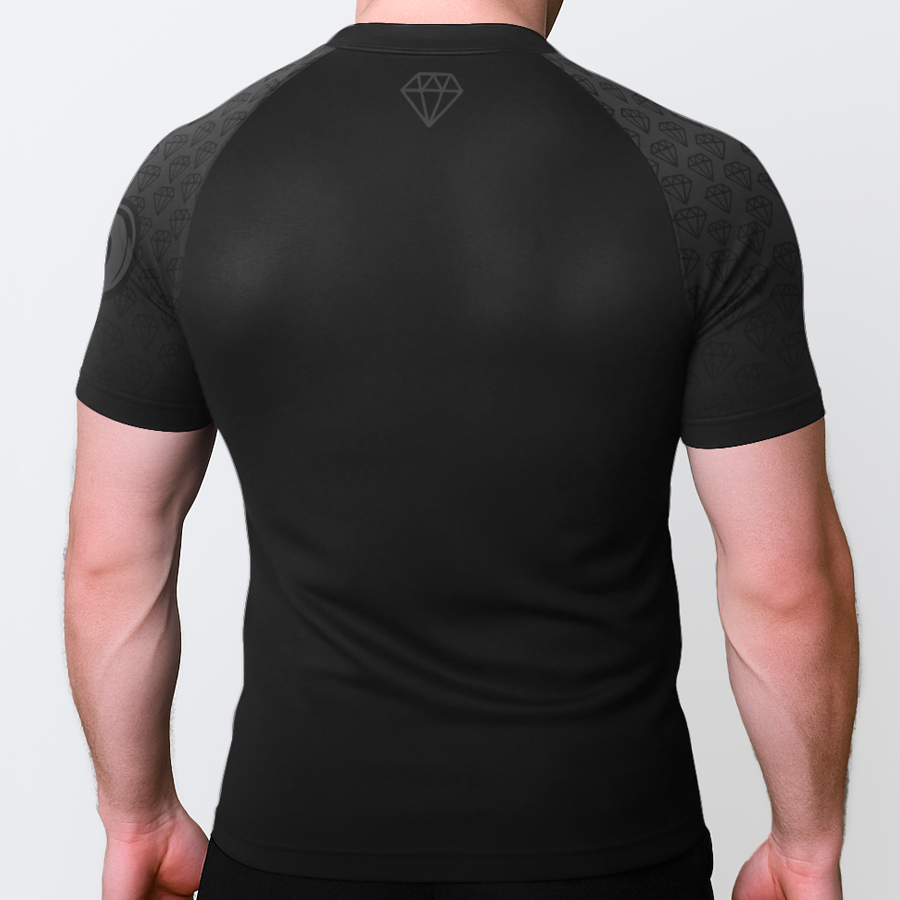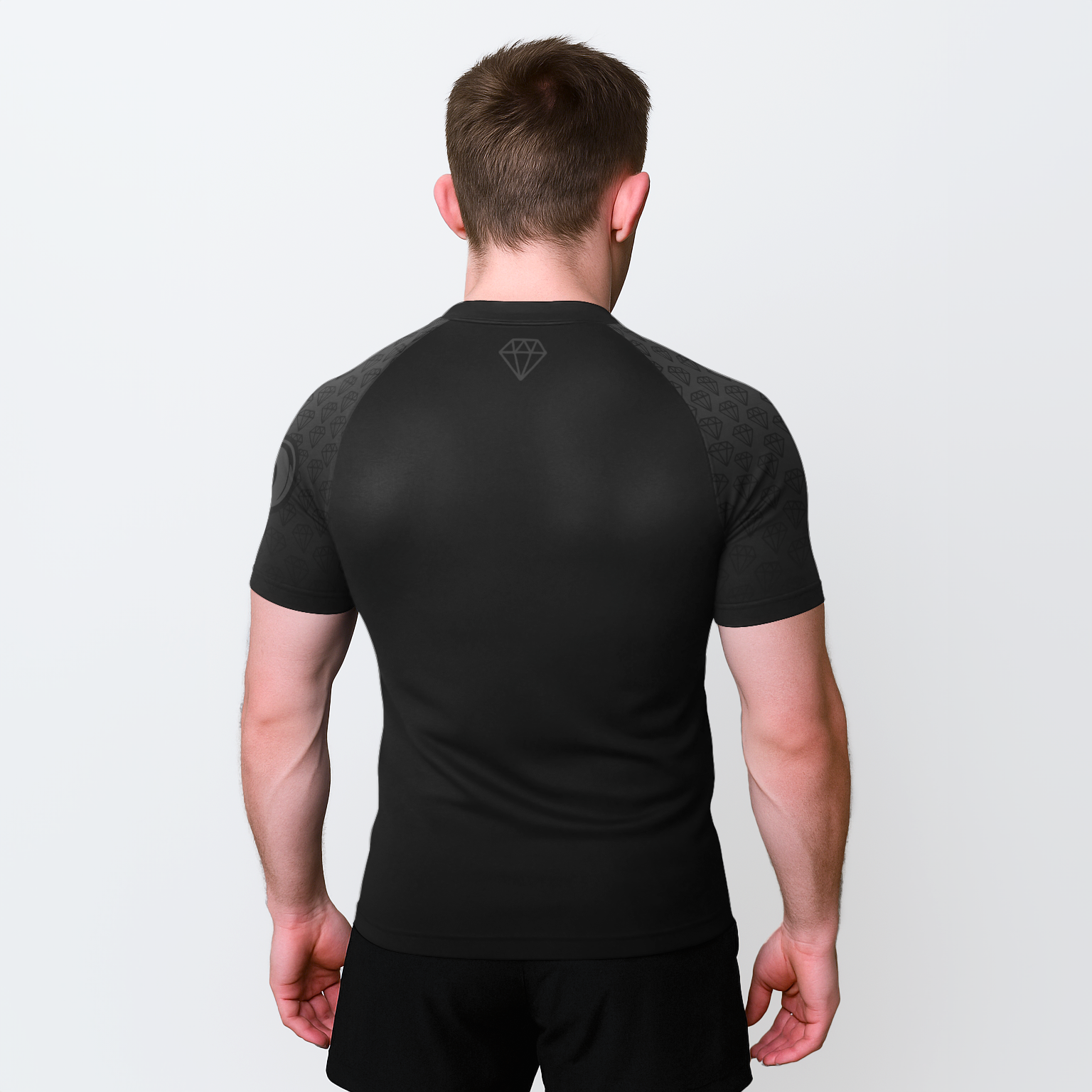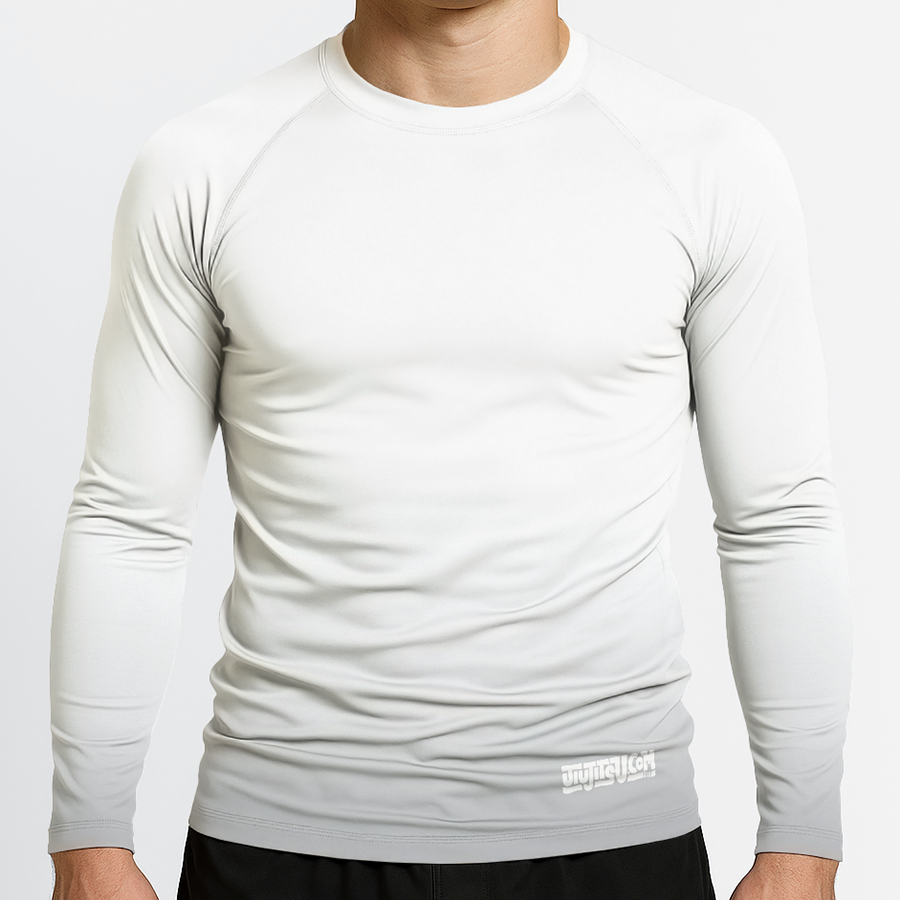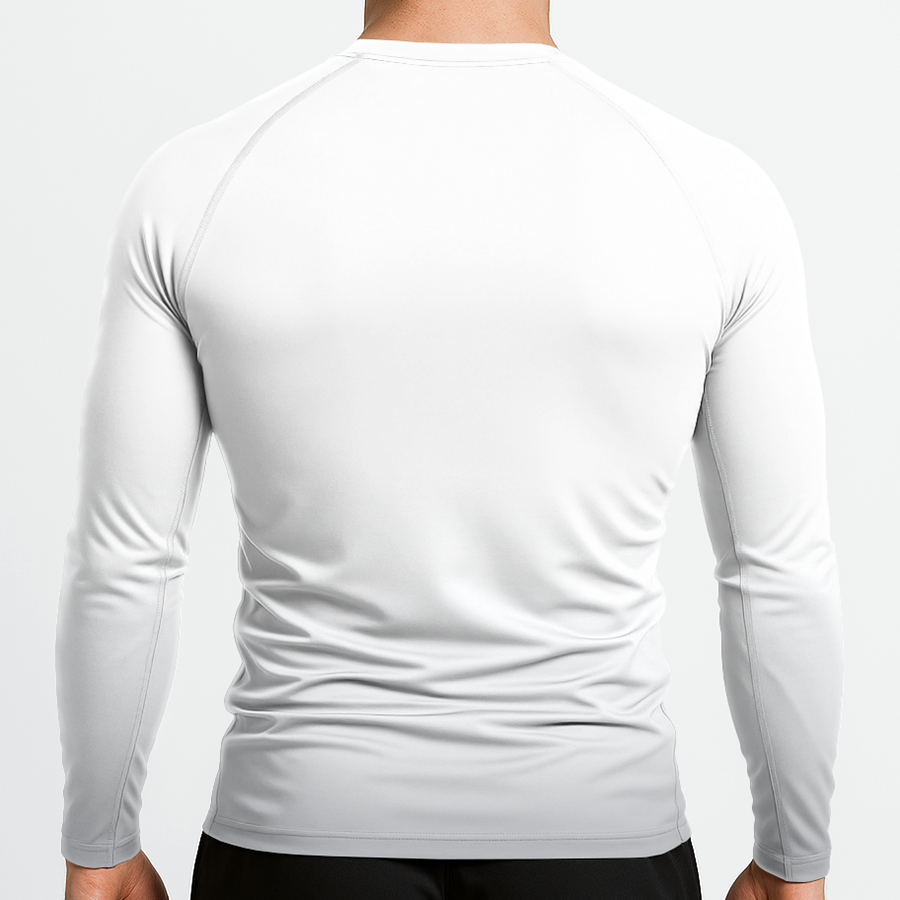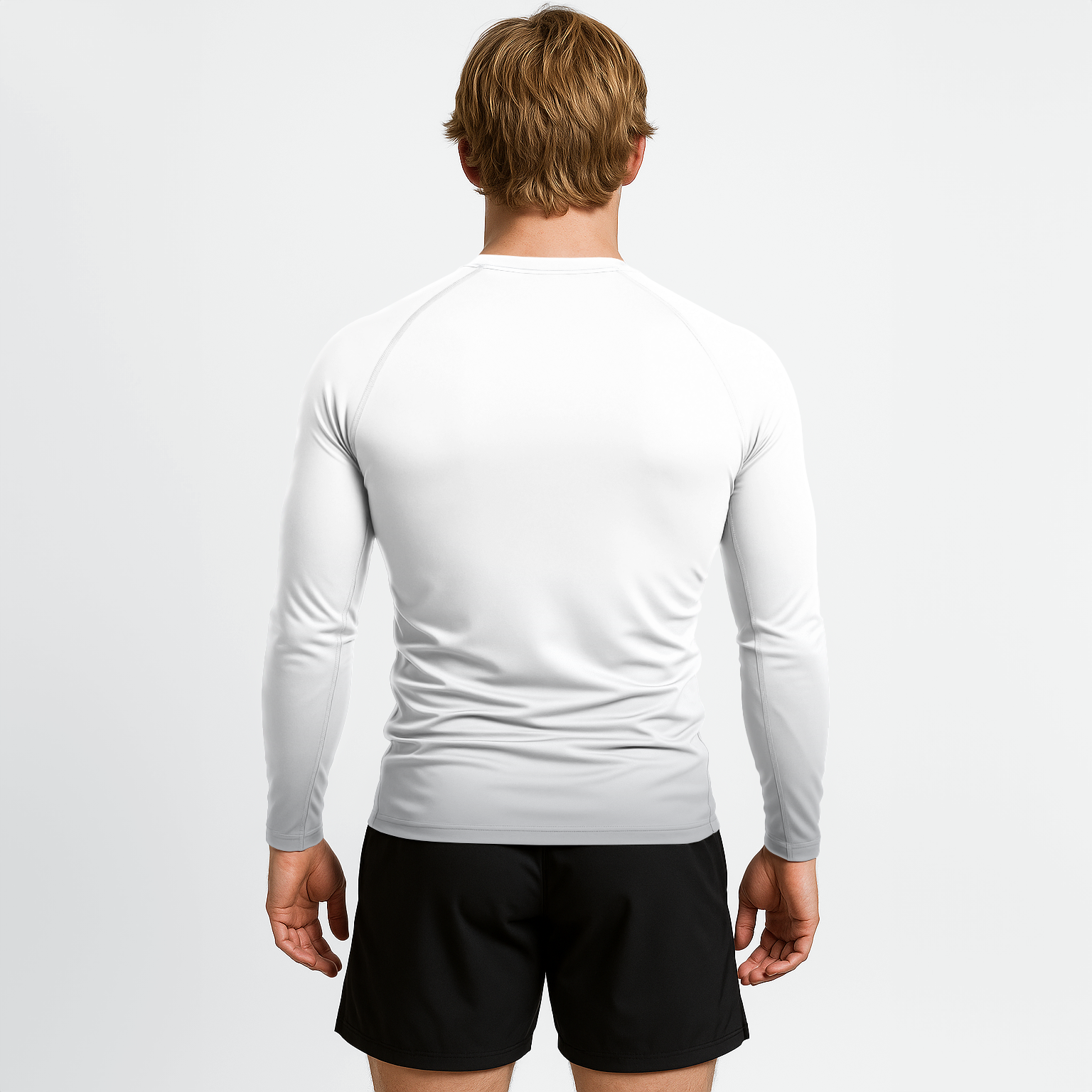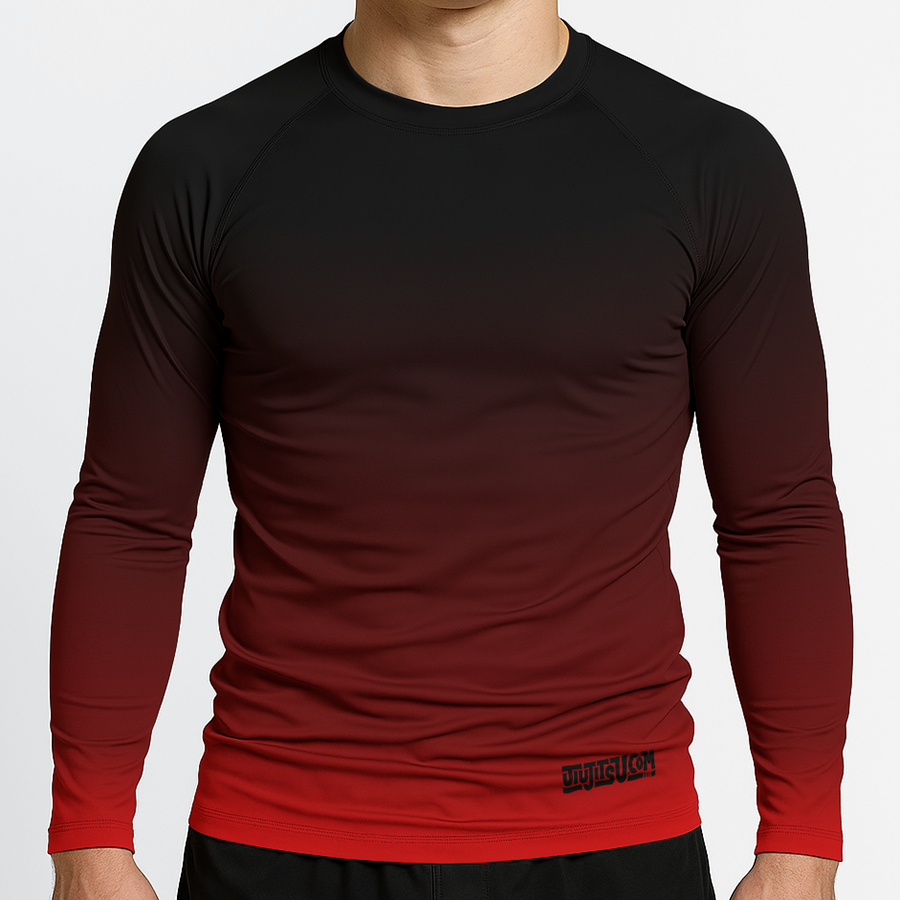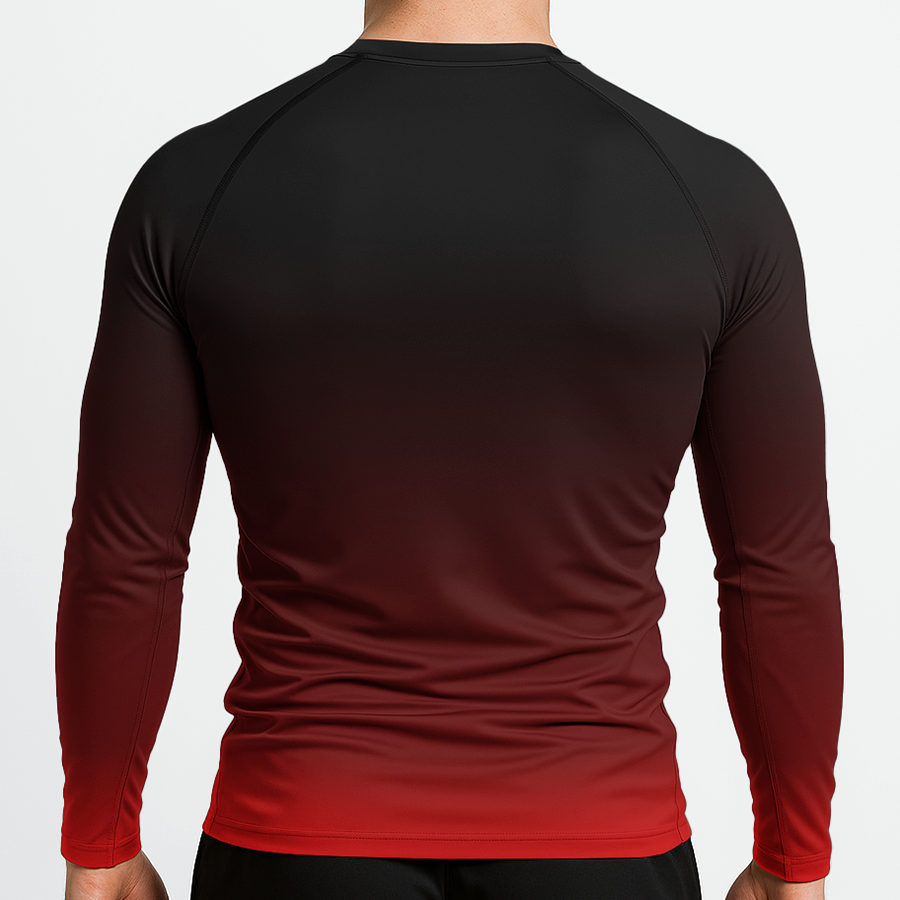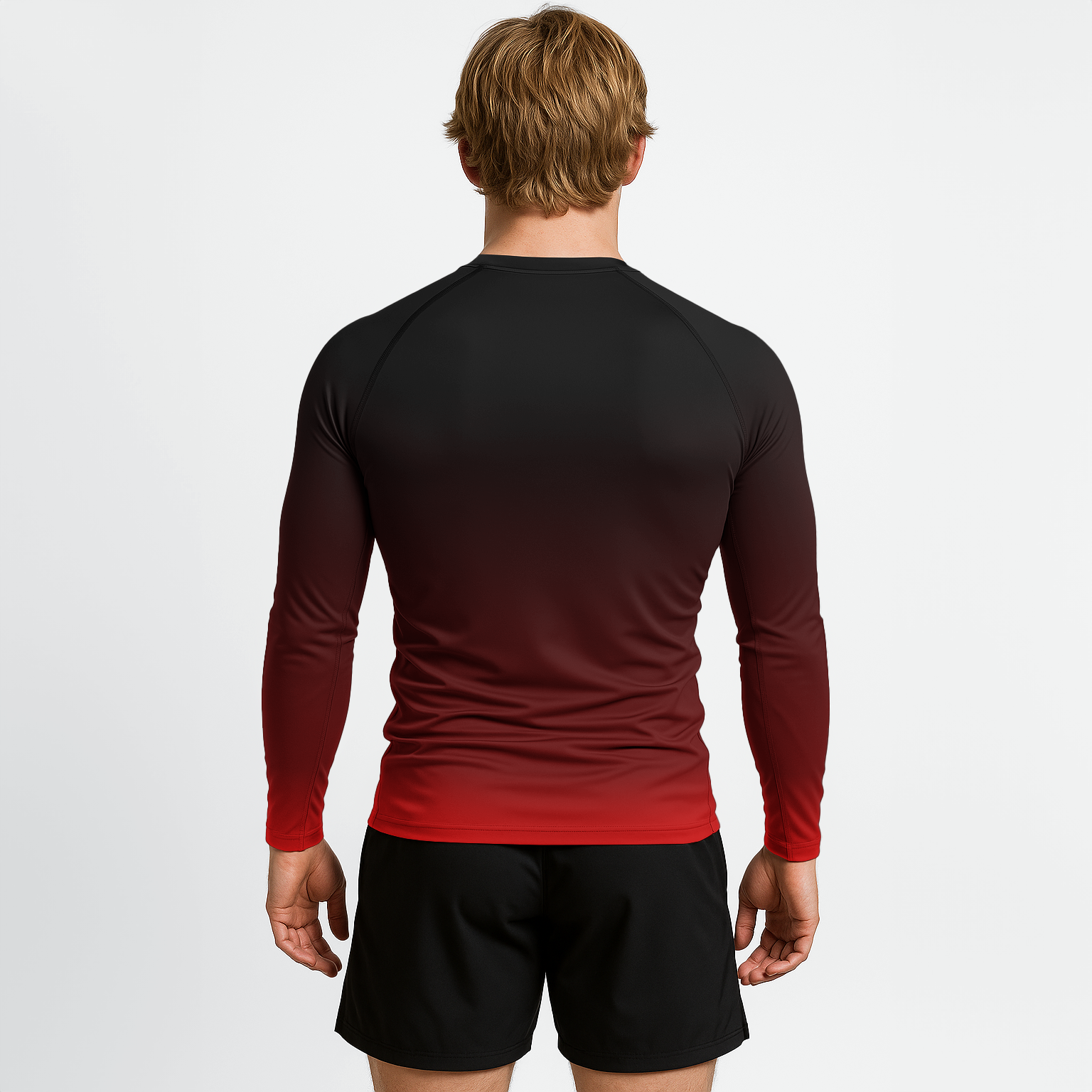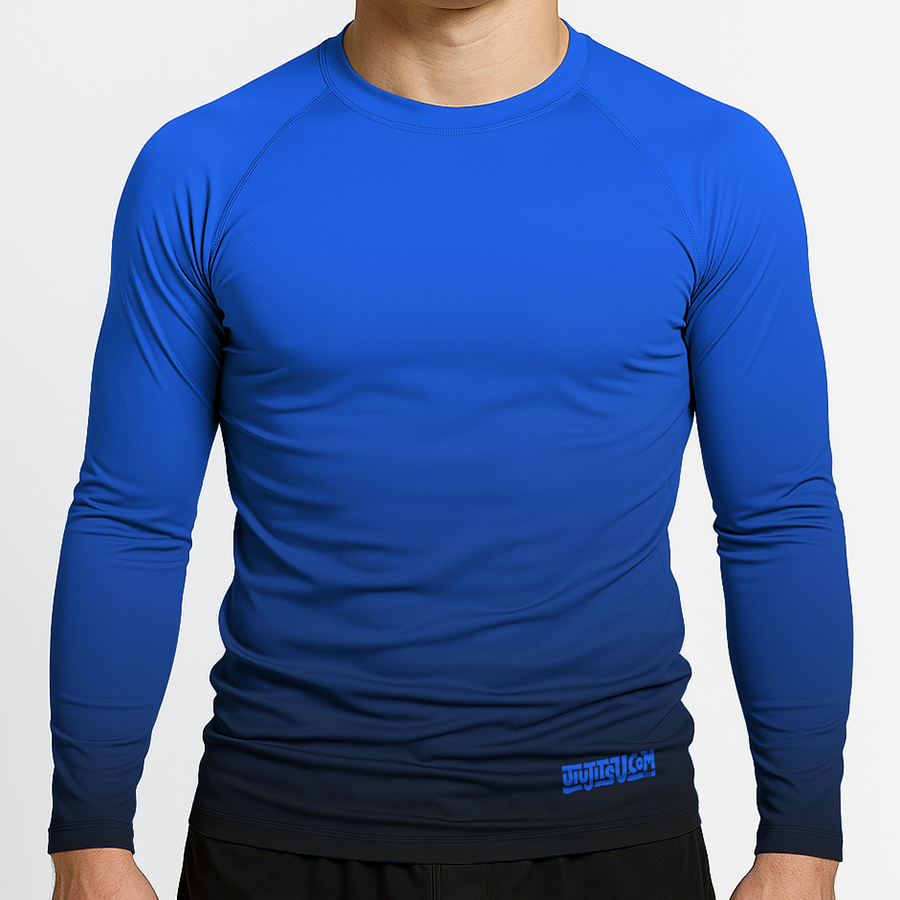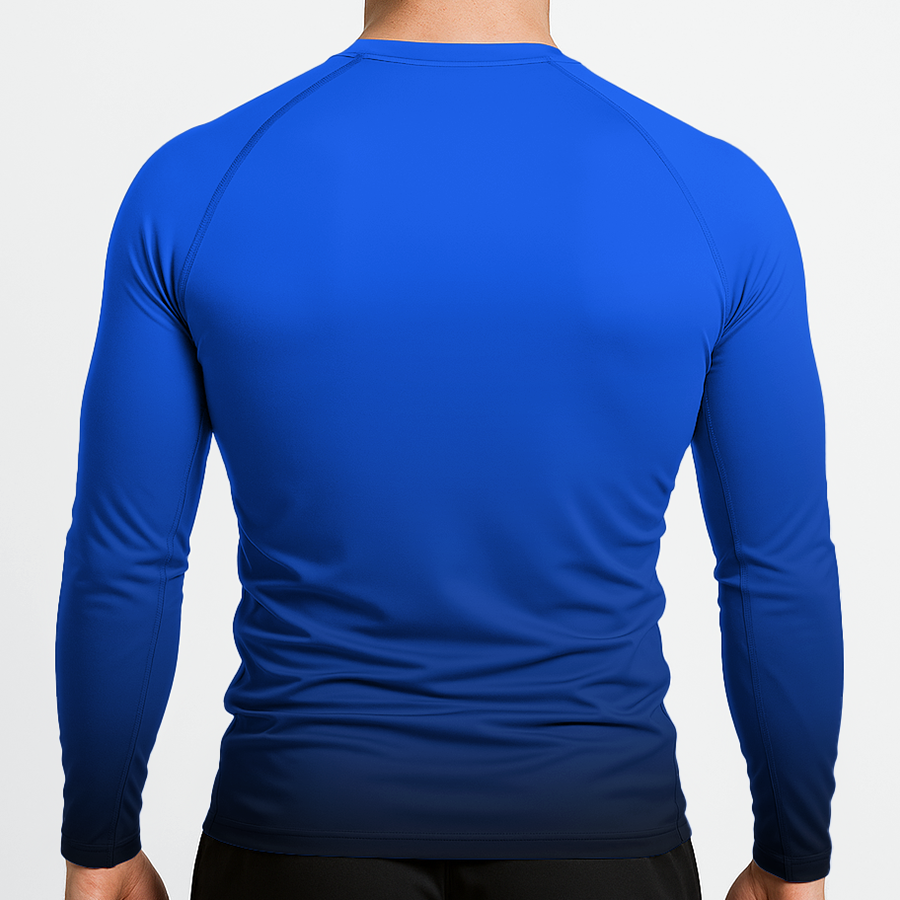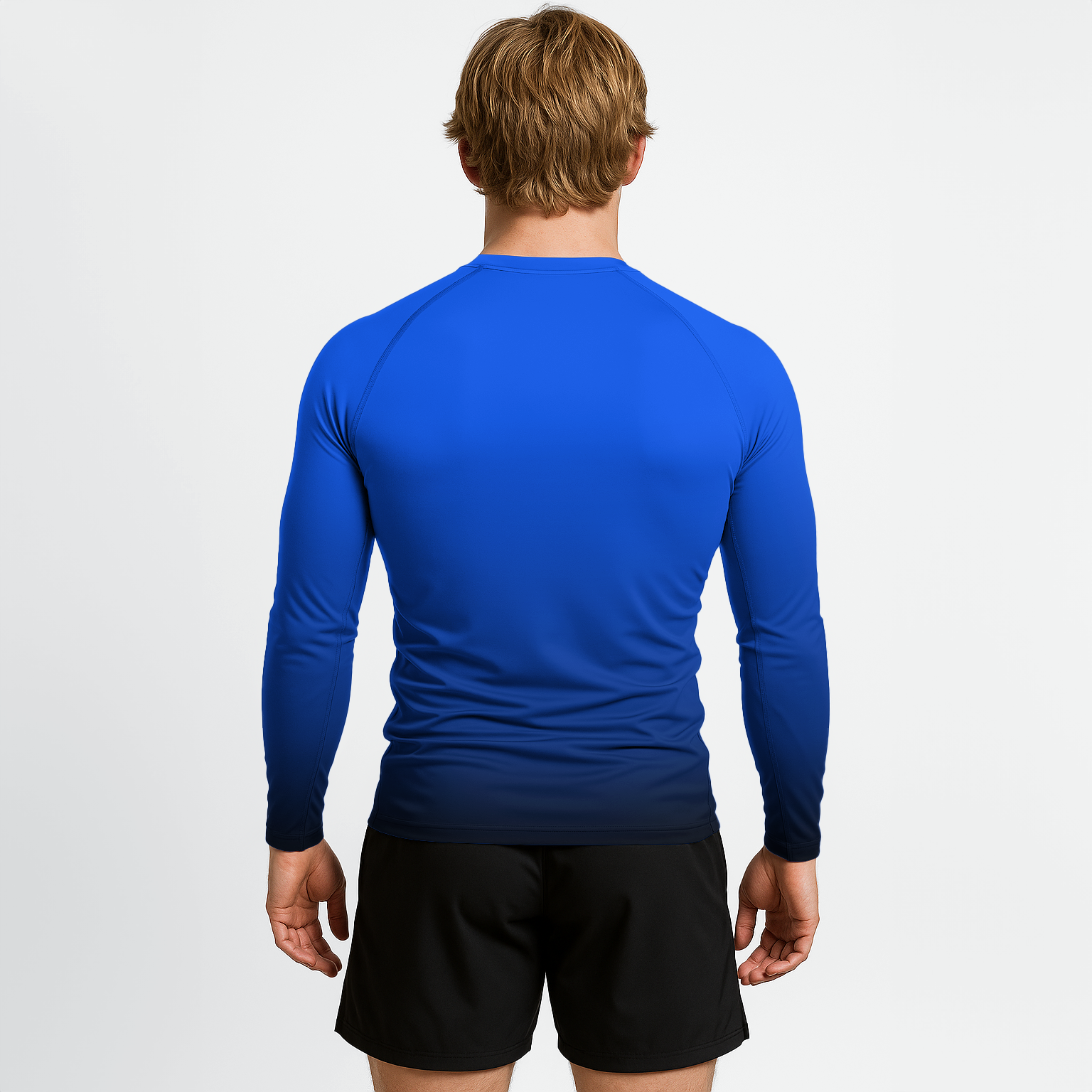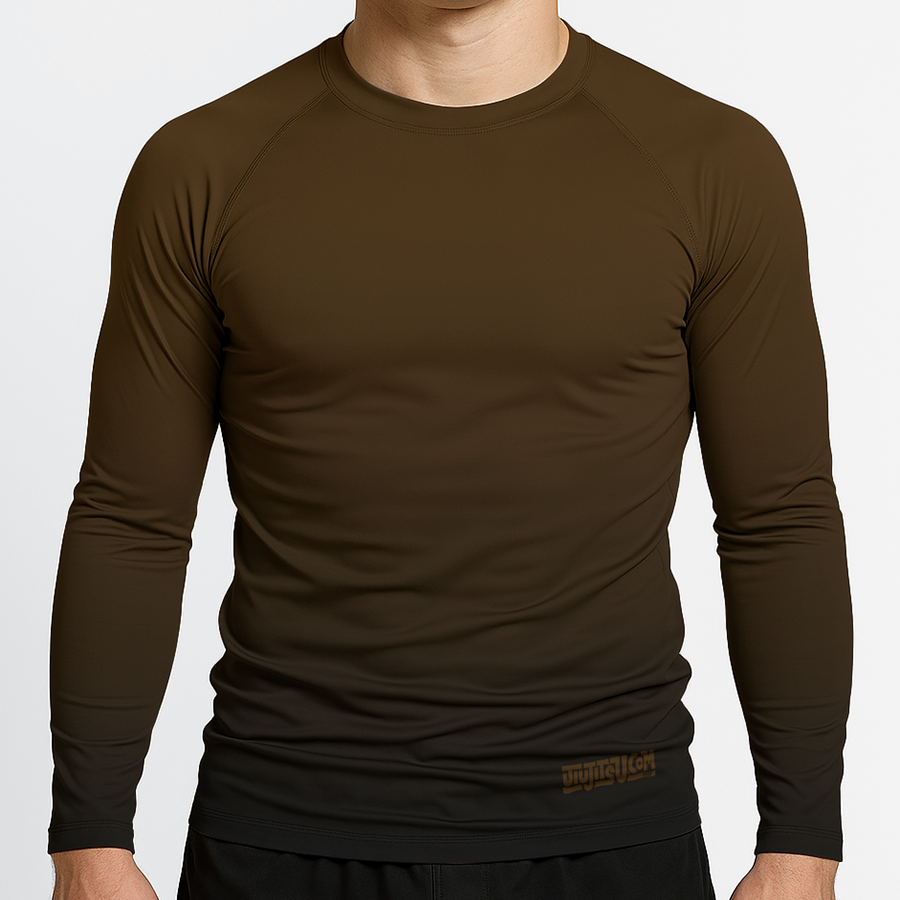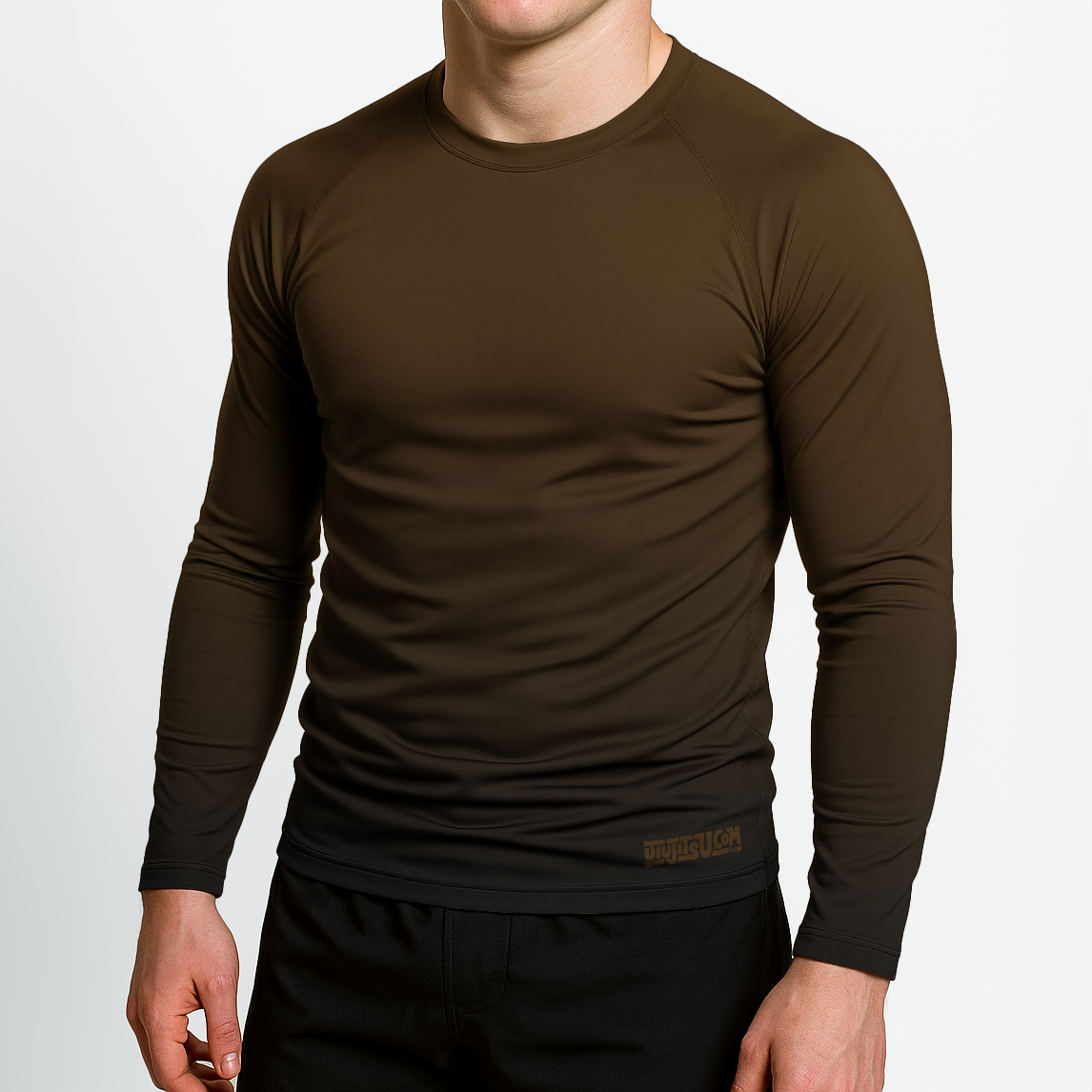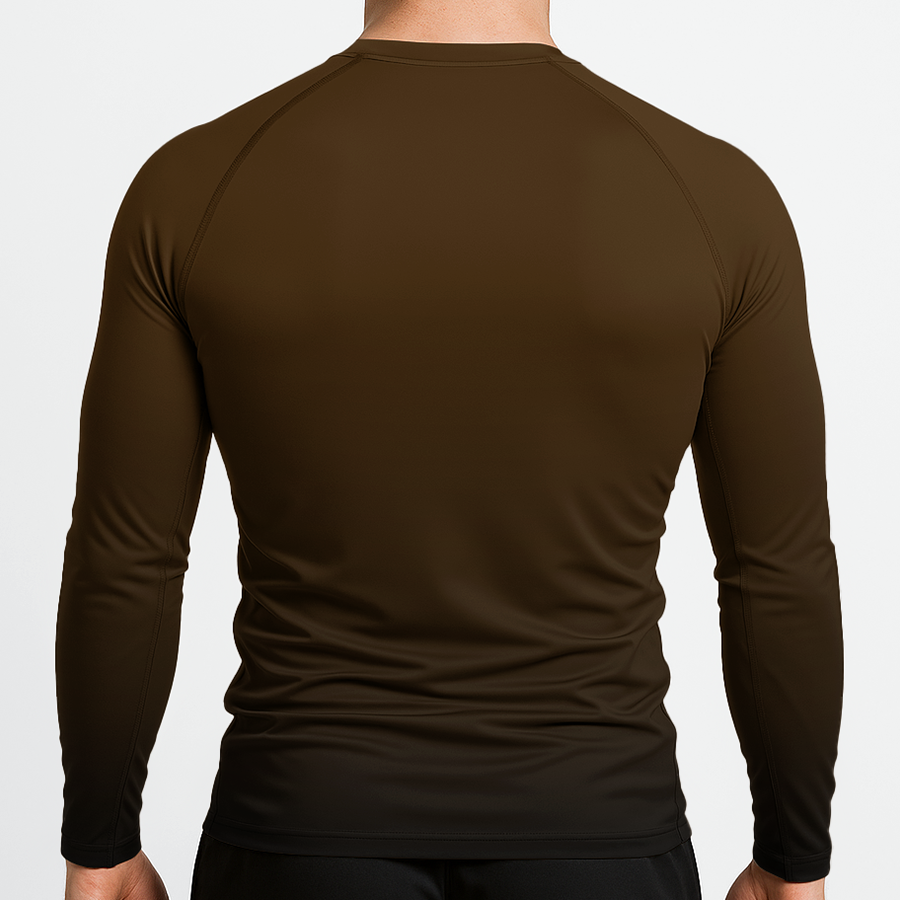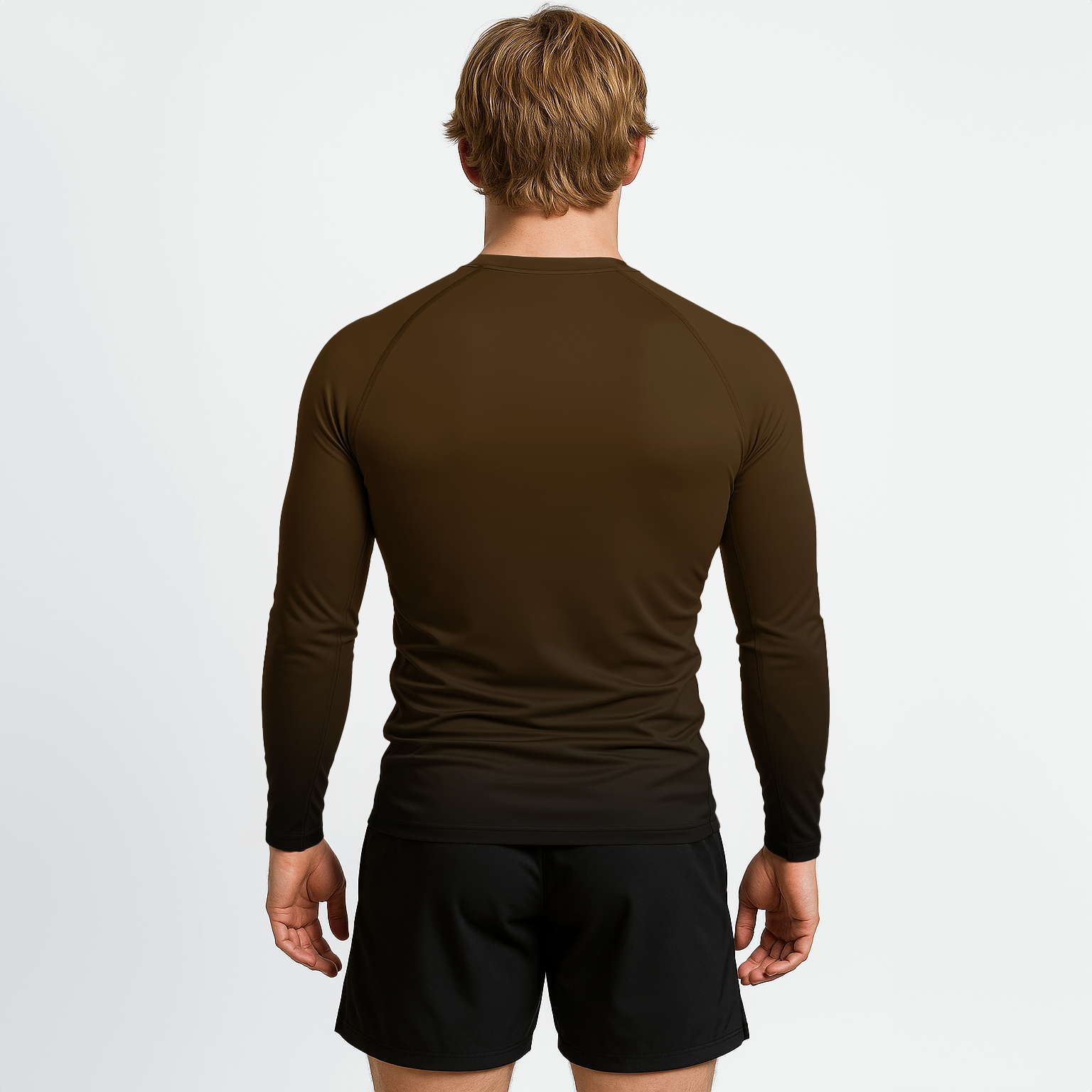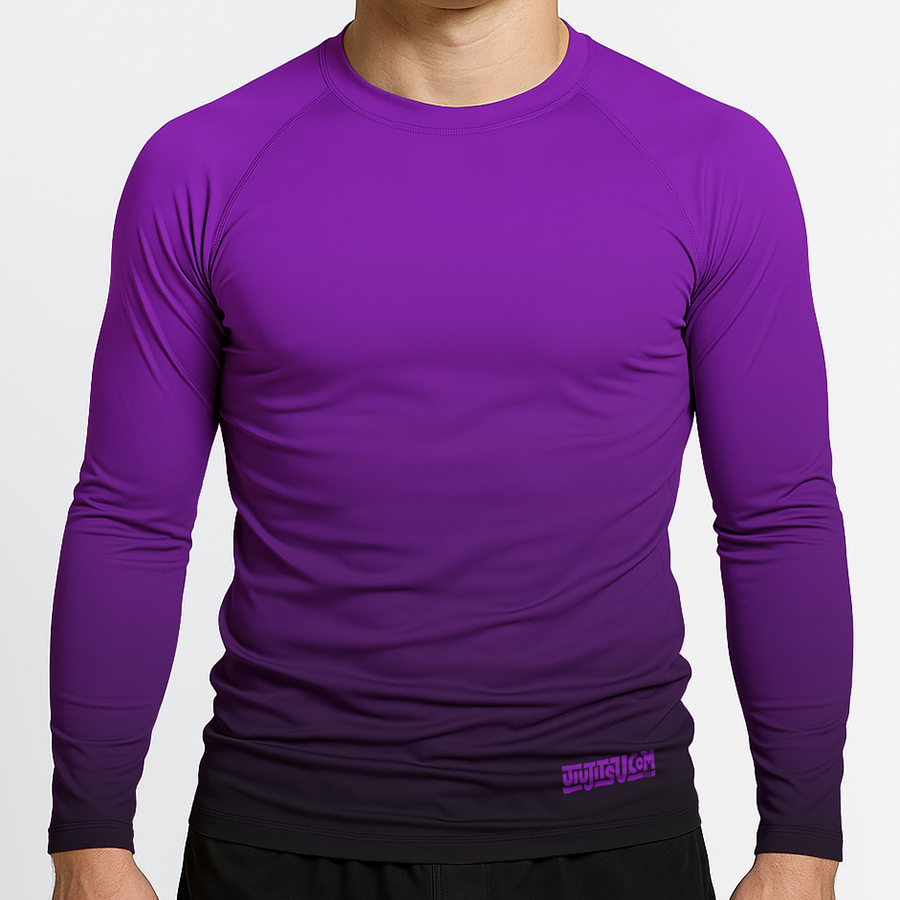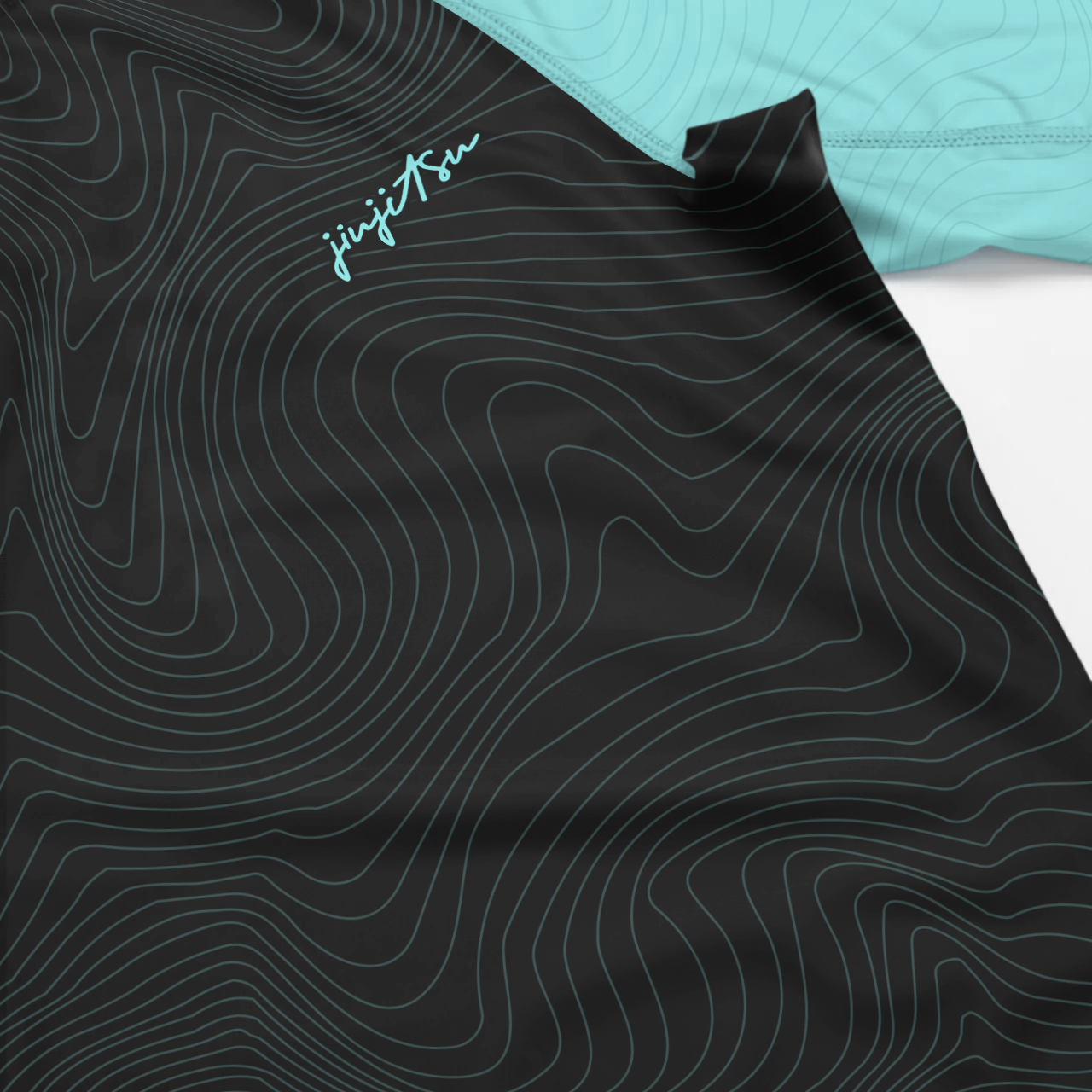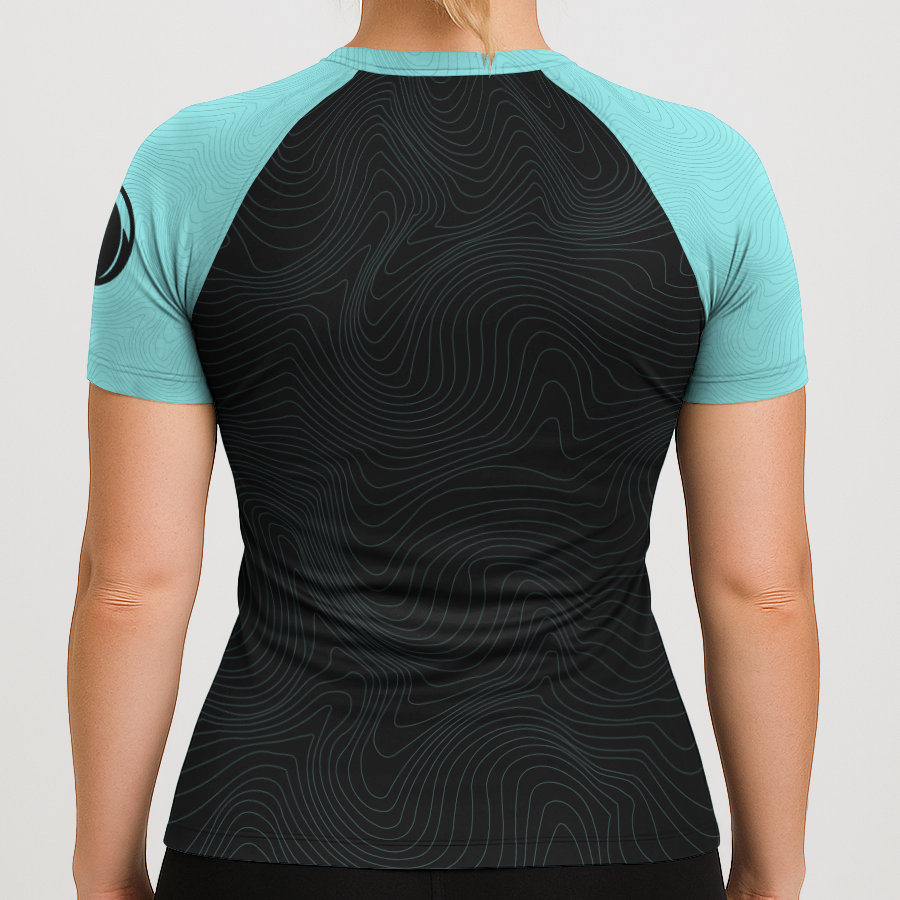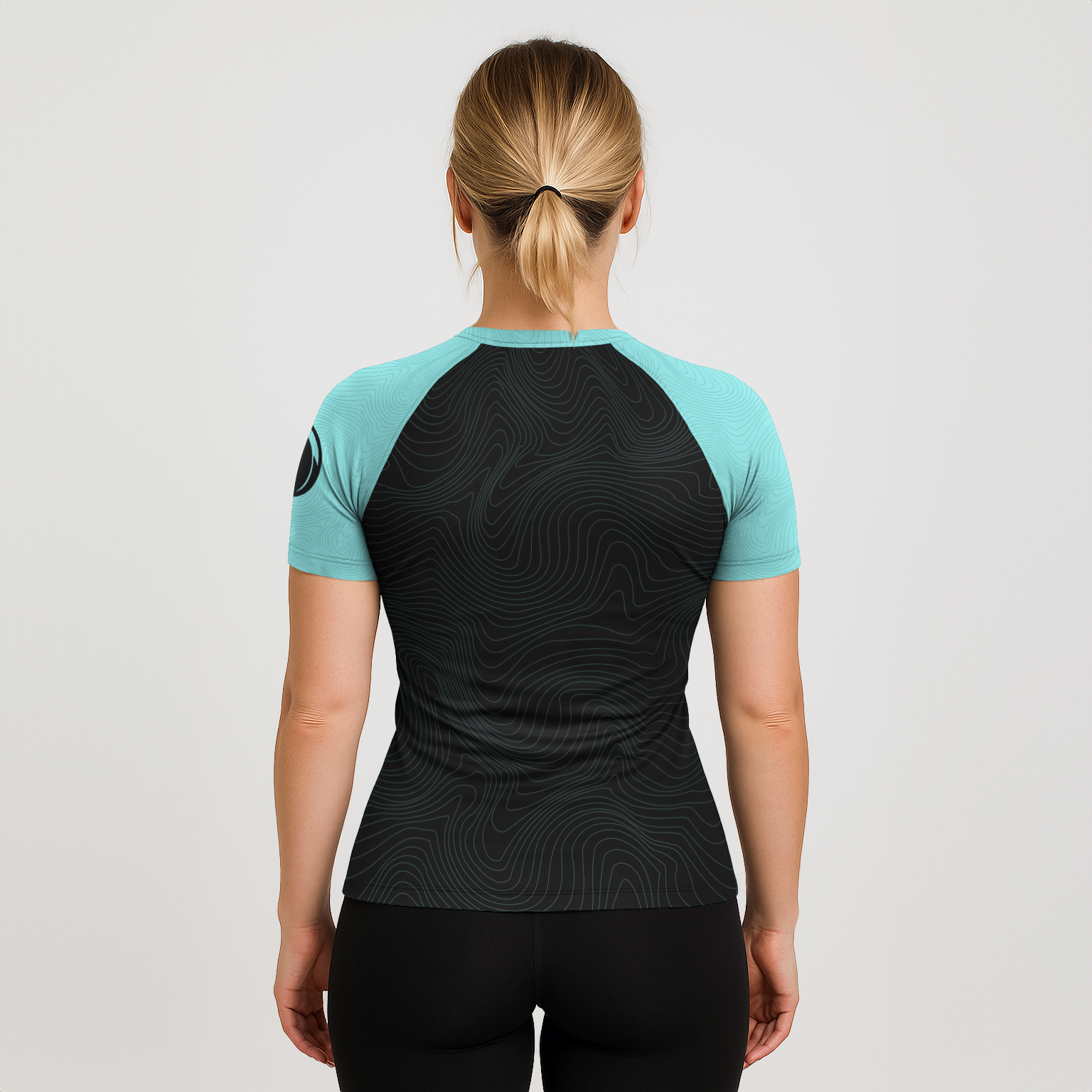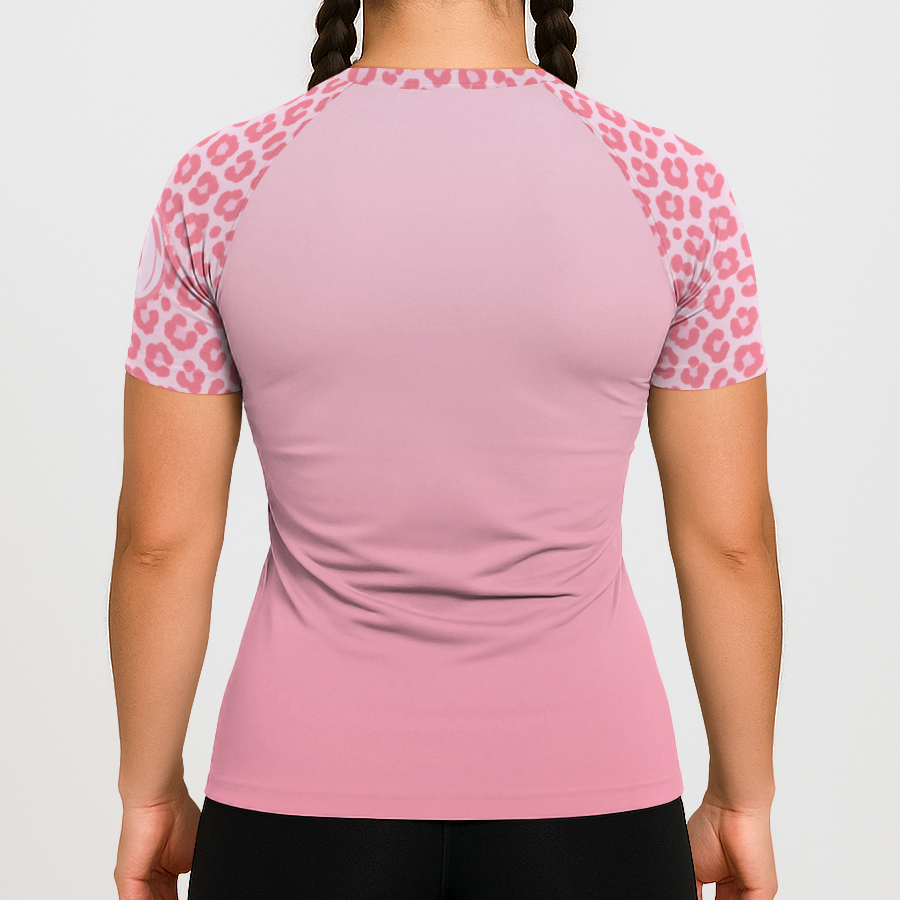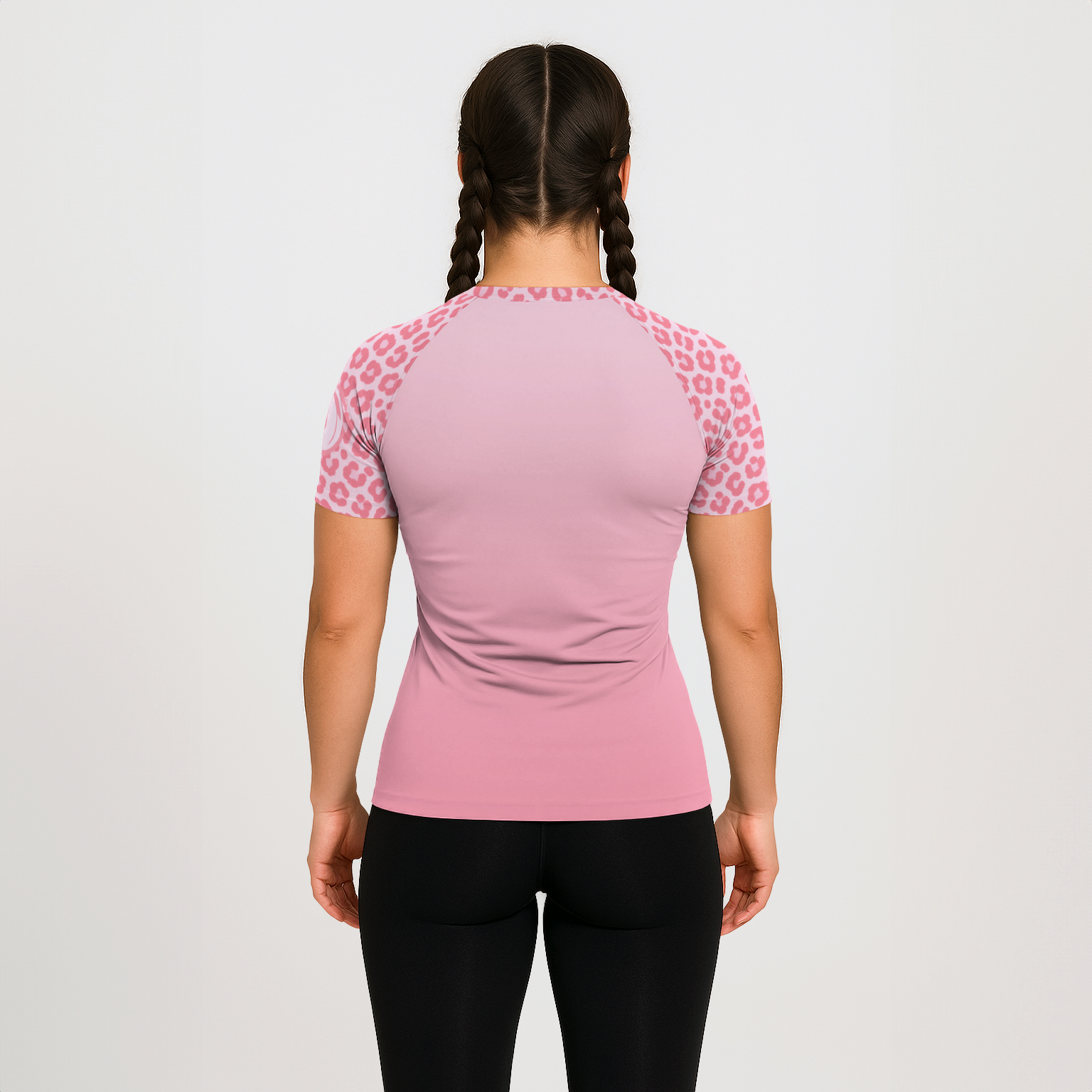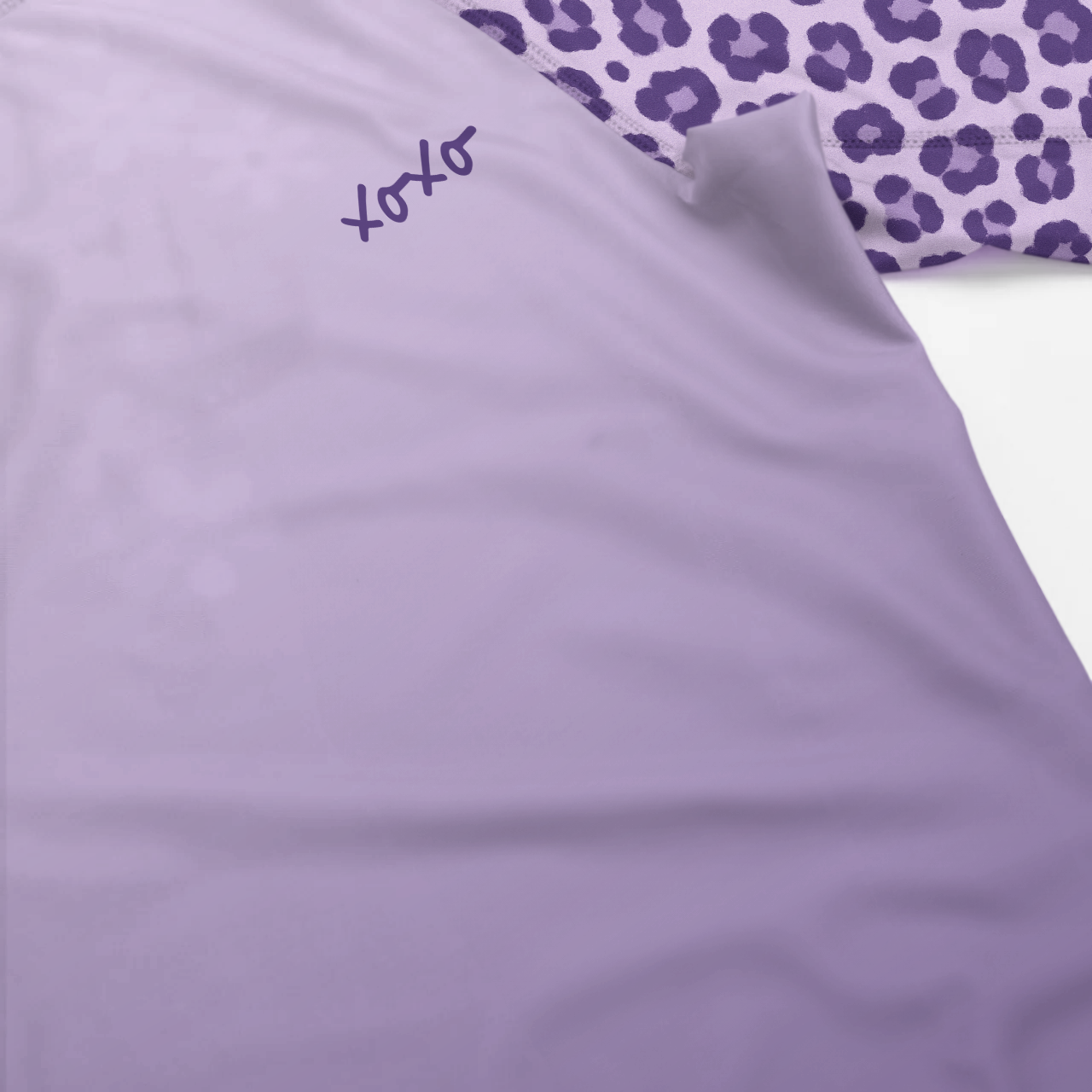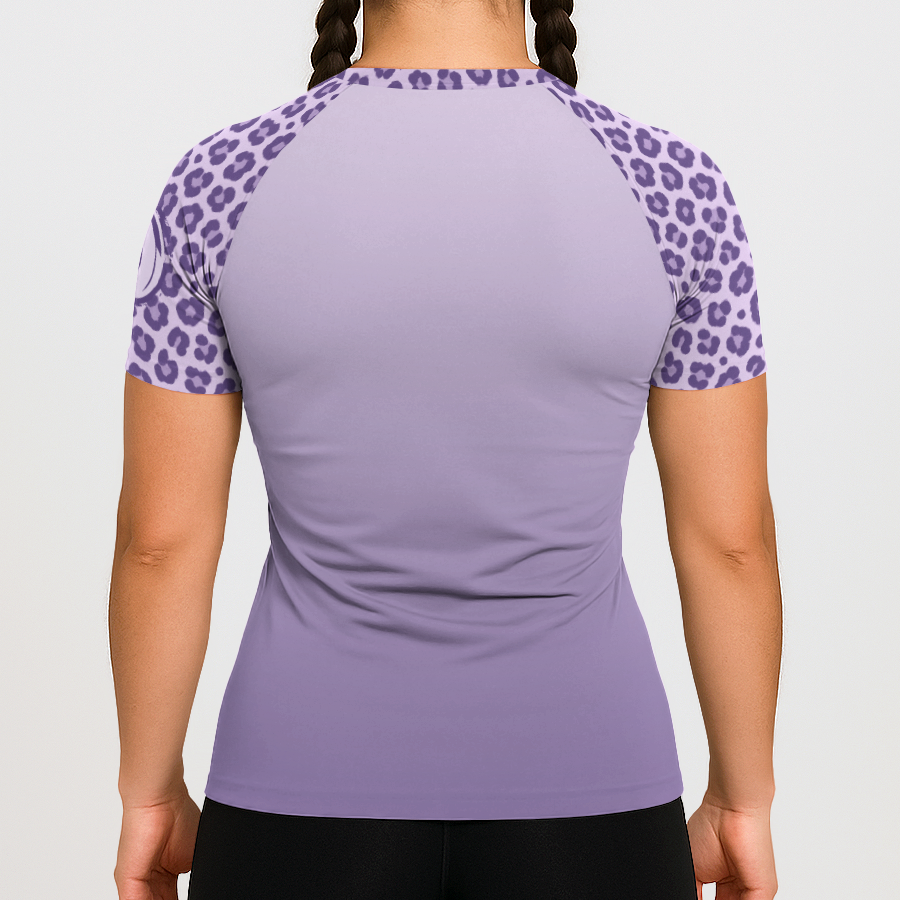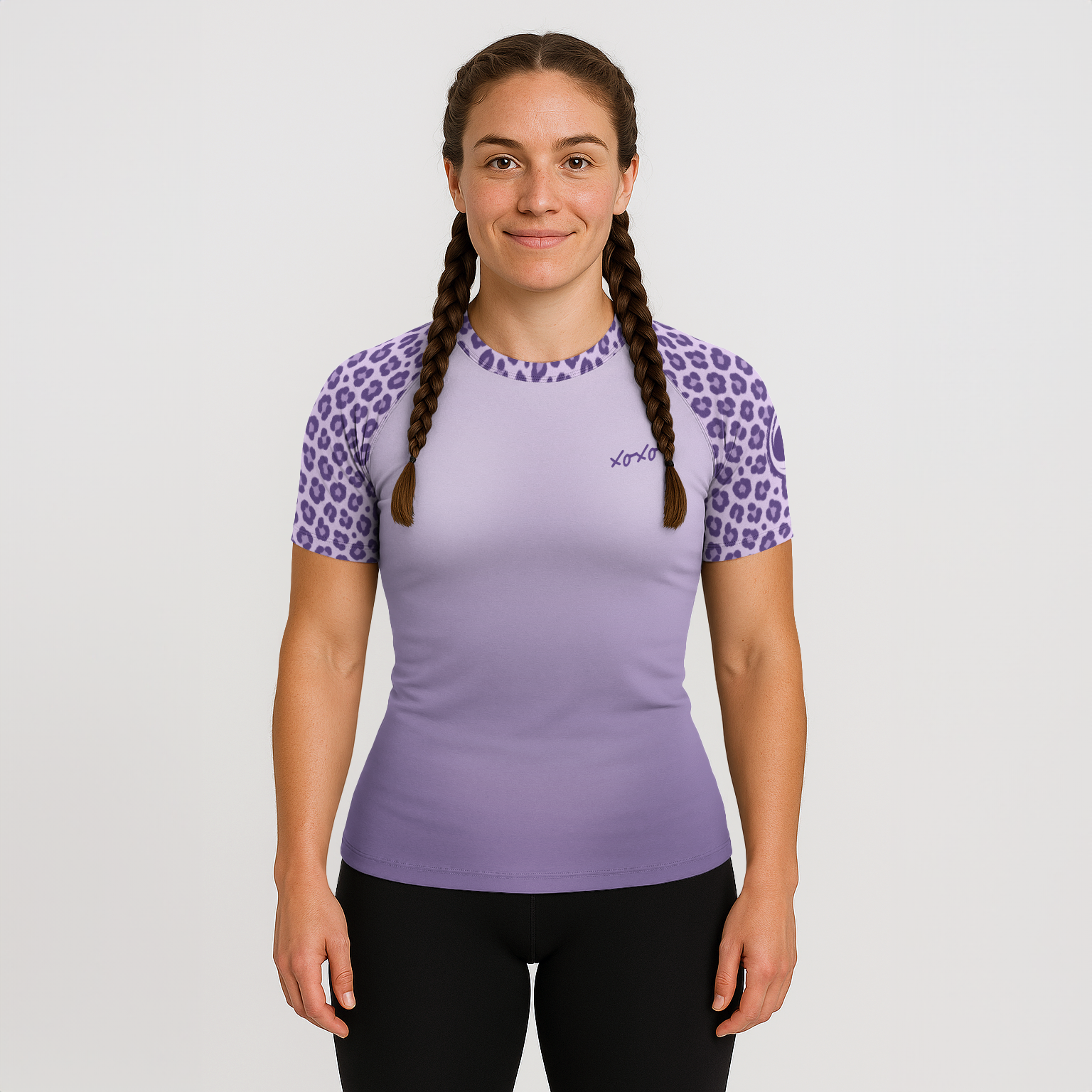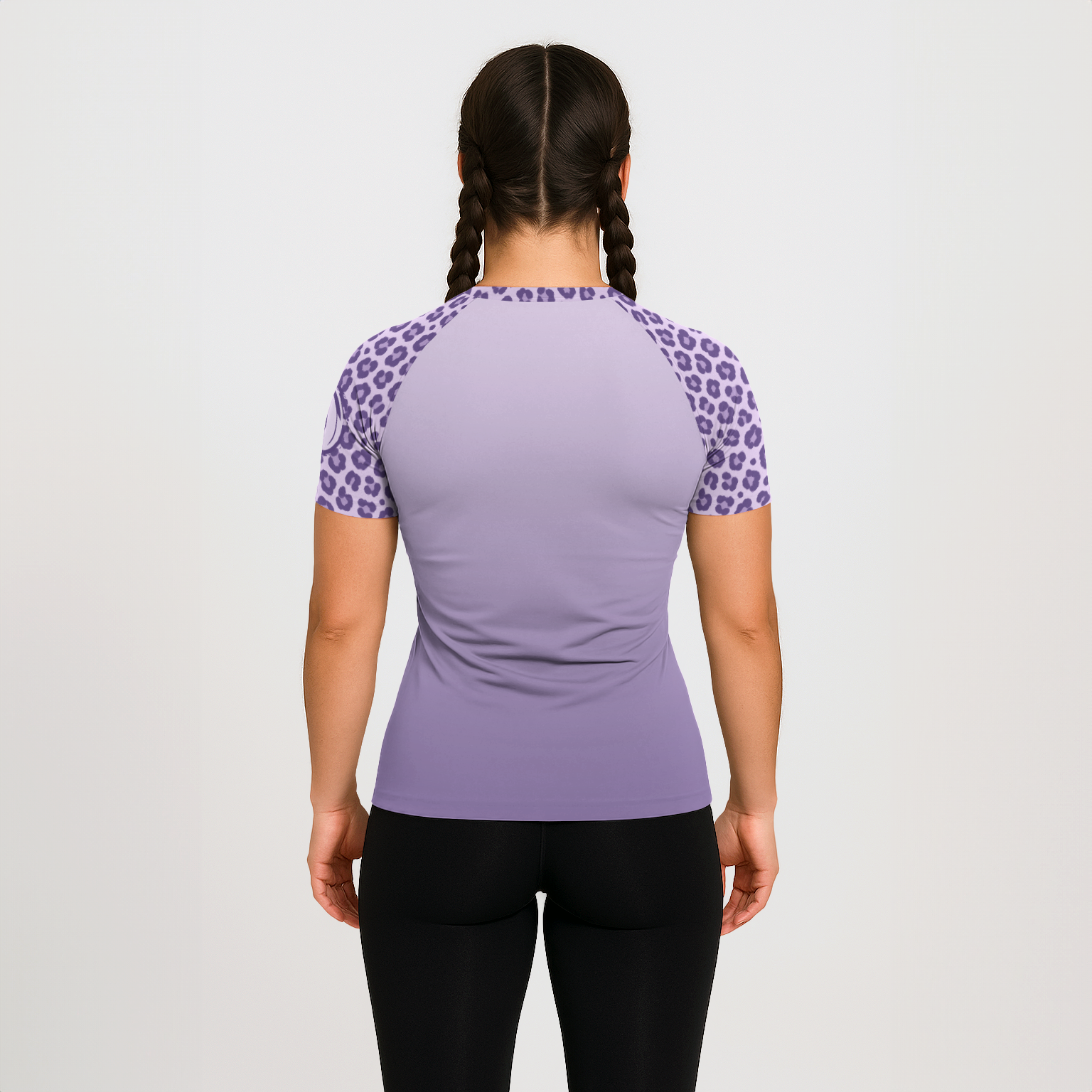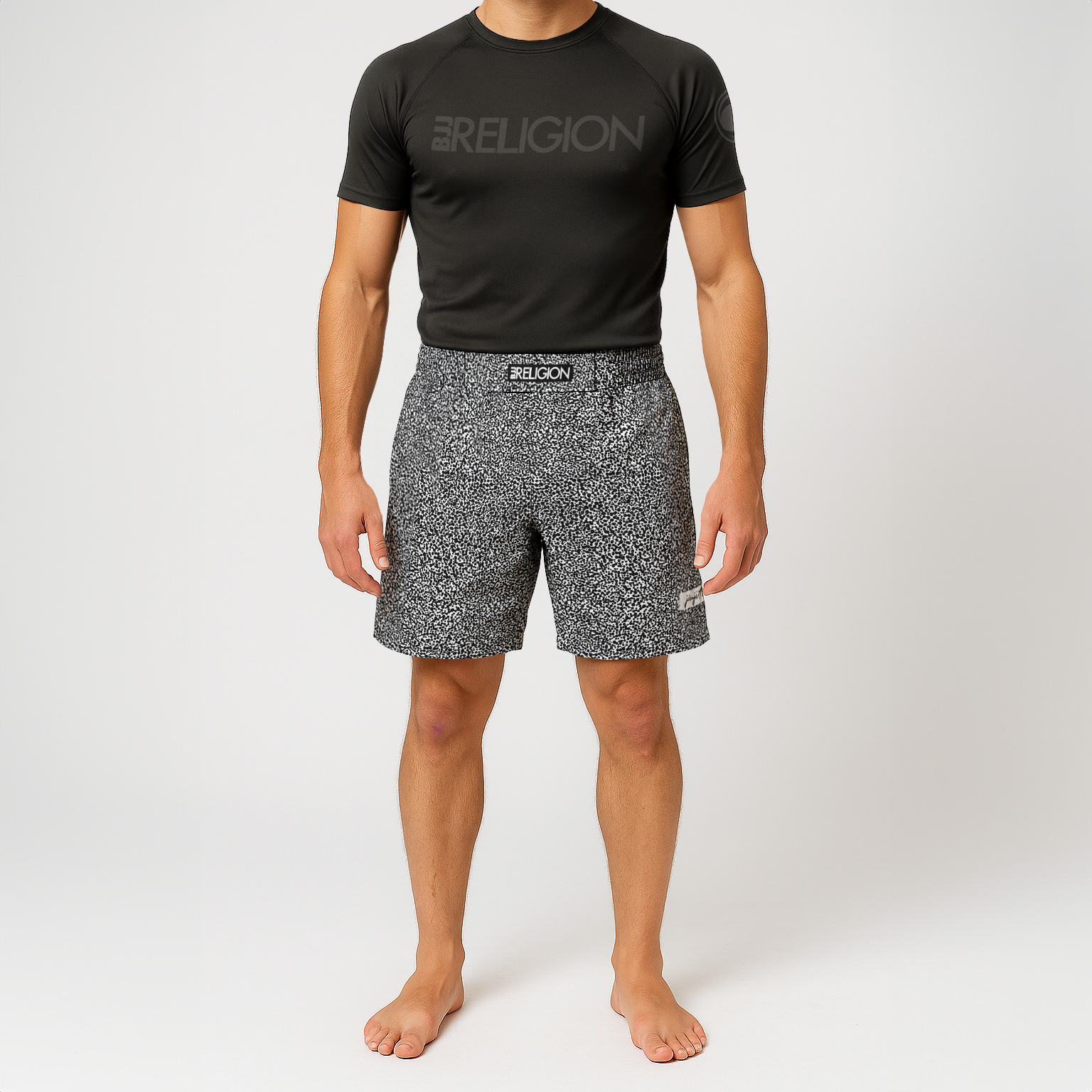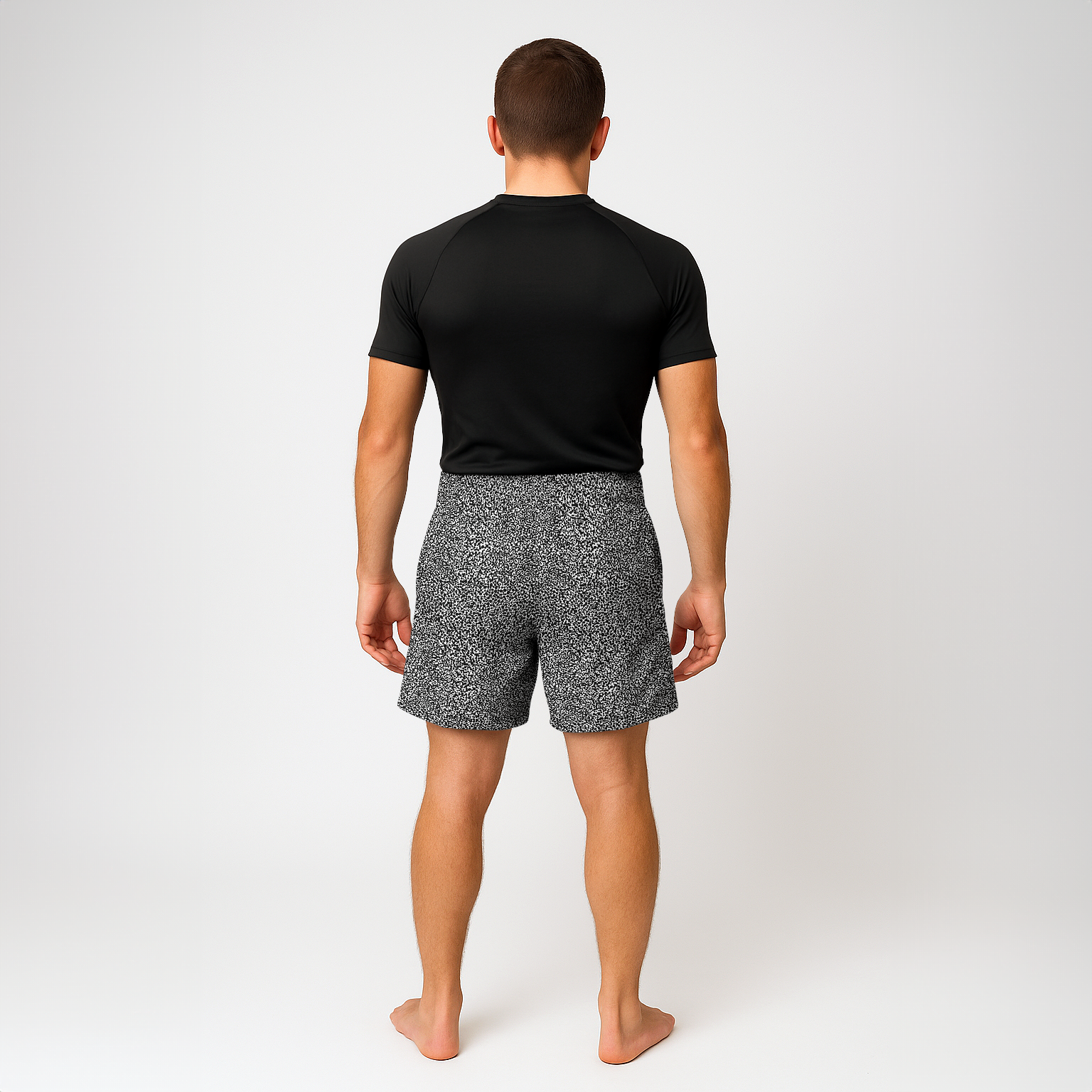Rafael Lovato Jr. Kimura Attacks
The Kimura is a classic BJJ submission that has been in the game decades ever since Masahiko Kimura broke Helio Gracie’s shoulder with the technique in 1951.
The Kimura is a shoulder lock that attacks the shoulder joint by putting a 90-degree bend in the elbow, then internally rotating the shoulder beyond its normal safe range.
In the JiuJitsu.com Kimura Secrets with Rafael Lovato Jr. Instructional, BJJ master Rafael Lovato Jr. shows us his full arsenal of kimura attacks that appear when you manage to secure top side control.

In this technique breakdown, we highlight three of the top videos in this series to give you a sneak peek at this amazing BJJ instructional.
Kimura from Side Control
This first variation is the fundamental kimura from side control setup.
To perform this technique:
- Begin in top side control with you left arm crossfacing your opponent. For the purposes of drilling this move, your will already be controlling your opponents left elbow with your right arm by wrapping behind their triceps.
- As you scoop their left arm to set up the kimura attack, you opponent begins framing on your hip or blocking your legs with their right arm to prevent the spin-around.
- Use your left hand and come inside your opponent’s wrist to strip their post and pin their arm to the floor with your hand – from there, slide your left shin over their biceps to pin their left arm to the floor.
- Windshield-wiper your right shin over your opponent’s arm to replace your left shin controlled your opponent’s arm.
- Once you have the switched your shin-pinning leg, use your arm-wrap grip on their left arm with your right arm to further to move their left hand towards the front of their body.
- As you manipulate their arm, step up with your left leg for more leverage before dropping your left knee on the other side of your opponent’s head. The goal is to get their arm far enough across to sink your chest pressure onto the back of your opponent’s triceps, pinching their triceps between your hand and your chest.
Note: that you should still be pinning their right arm with your right shin. - At this point you need to switch the arm you are using to control the kimura and set up the finish. To do this, lift their left arm up with your right arm and slide your forearm behind their elbow to secure a deep kimura.
- As you switch your arms, immediately use your right hand with a monkey grip to grab their hand just above the wrist such that you are securing part of their hand as well.
- Grab your right wrist with your left hand using a money grip and secure a tight kimura grip.
- For the finish, lean down onto your grip to establish a very firm, secure connection to their arm.
Keep your elbows connected to your torso as you lift, applying the full force of your core and torso to separate your opponent’s hands. - Rotate their hand and shoulder away from their torso for the finish.
Note that you may need to do two quick pulls to separate your opponent’s defensive grip and set up the finish.
Kimura from side control when opponent frames on neck
Normally, an opponent in bottom side control will not surrender control of their arm so easily.
Commonly, they will frame on your face or neck with the blade of their hand.
In this sequence, as soon as you feel their hand blade against your jaw line, you know you have the option to attack the kimura.
To perform this setup variation:
- Let go of the cross face with your left hand and reach your left arm across their face as you shift your weight towards your left hip and begin weaving your left arm under their left triceps.
- Once you establish this control, grip your own collar with your left arm. Attempt to keep their arm pinched in your elbow and secure the portion of their arm just above their elbow to minimize their ability to move the upper arm.
- Clear your left leg past their right arm and step your left foot to the far side of their head to set up your base for the attack. As you do this, keep your right hand and arm active to prevent your opponent from getting their legs involved.
- To set up the kimura attack, lift their left elbow with your right arm as your shrug your left shoulder and bring your opponent to their right side on the floor. At the same time, drag your left knee towards their head and pinch their head and upper chest between your knees. The left shoulder shrug should cause your opponent’s arm to clear past your face.
- Immediately grab their left hand using a monkey grip with your right hand.
- Grab your kimura monkey grip with your left hand on their right wrist.
- From there, finish the move as you did in the first variation.
Kimura setup variation for defeating common reactions
Most people with some experience know they are in trouble when you have the arm isolated inside control and they feel you stepping over their head.
Typically, they will try to block you from stepping over their head in one of the following ways:
- Blocking your left thigh from stepping over by framing their right arm on your left hip
- Grabs your pants leg with their hand
When your opponent defends by blocking your hip, bring your knee inside their arm then cut it over their bicep.
From there, switch your control by placing your right foot and pinning their arm before doing a final windshield wiper to completely clear your left leg.
If your opponent tries to block your step over by gripping your pants – in this example case your left pants – perform the following sequence:
- Extend your left leg straight. If your opponent keeps the grip then their arm will now be extended. From there, weave your right foot over their bicep to staple their arm to the ground under your shin.
- Slide your right leg down their arm to pressure their grip, then kick your left leg free for the final step over.
- Then, finish the technique as before.
Kimura Setups: the bottom line
The kimura is a commonly seen technique, and as such, most BJJ players worth their stripes will see it coming a mile away.
The key for successfully finishing Kimura attacks is ensuring that your setup is flawless from the moment you secure side control until the final twist and finish of the submission.
The true mastery in Rafael Lovato Jr.’s Kimura techniques is his ability to setup the needed grips and positioning long before he attempts to put any force into the actual submission.
Additionally, Lovato has an arsenal of submissions you can transition to should your kimura attack fail, including the Head and Arm Ezekiel choke, the paper-cutter, and the Bow and Arrow choke.
For complete access to all of the details on mastering the Kimura finish and related submissions, as well as our complete library of premium BJJ technique library, click here!

